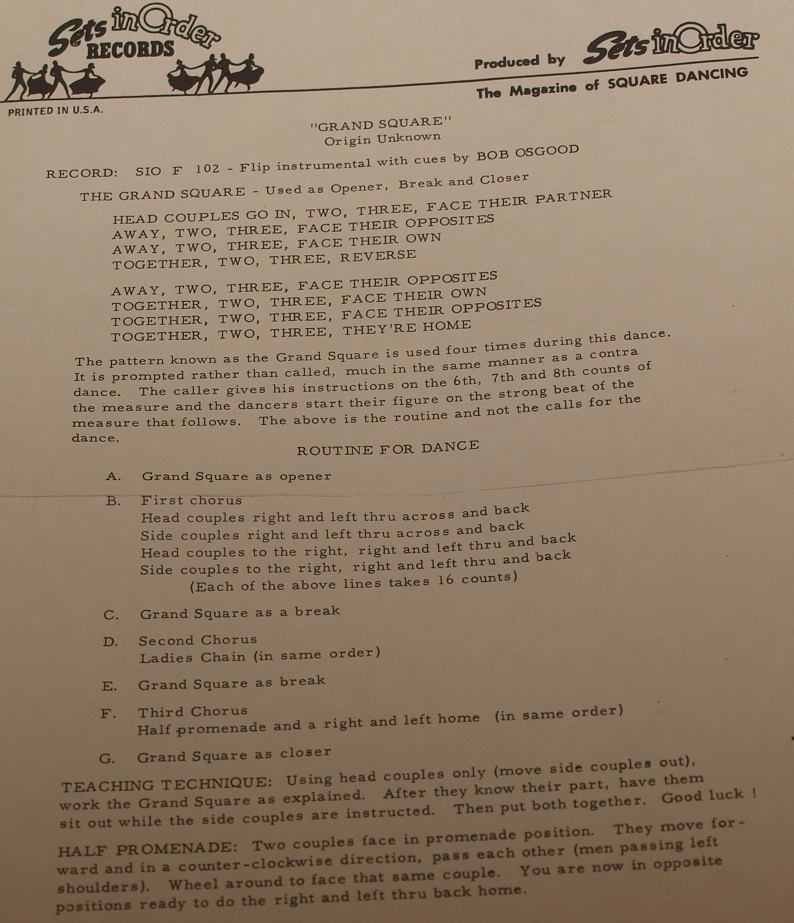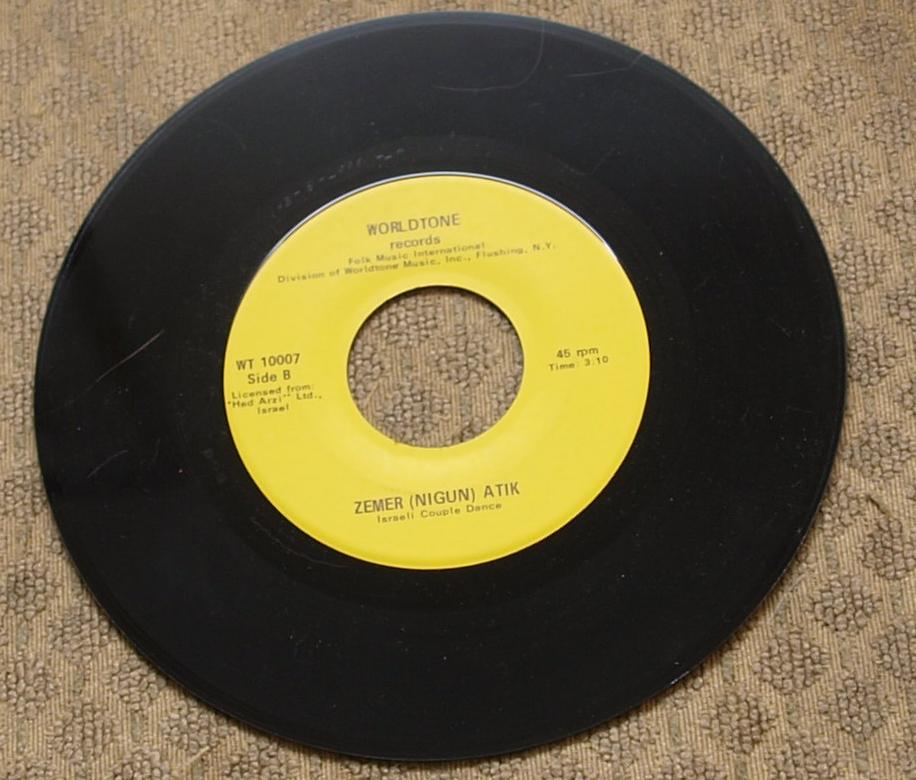 | 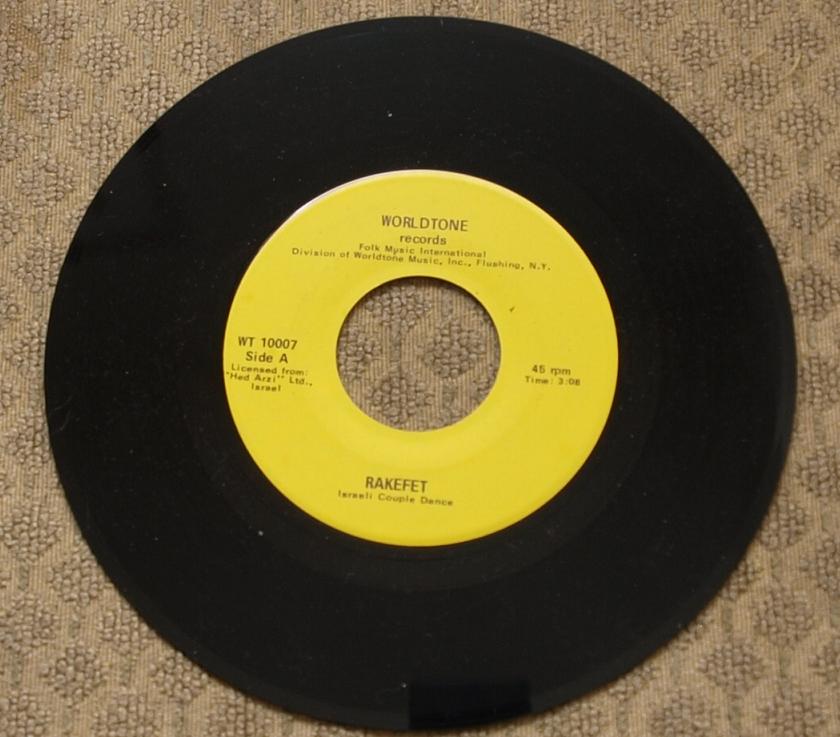 |  As you can see here, Worldtone is attributable as the record company and it even goes further, by including a division, Folk Music International, as the ultimate issuer. Today, Worldtone provides shoes for the entertainment (especially dancing) industry and has been featured on "Dancing With The Stars". Folk Music International was an on-going concern as of 1974 having been created by Kenneth and Nomi Spear. Their address was at 56-40 187th St in Flushing NY. Today this shoe company has shops in Los Angeles and New York and the company is run by Spear's daughter Lani pictured here. As you can see here, Worldtone is attributable as the record company and it even goes further, by including a division, Folk Music International, as the ultimate issuer. Today, Worldtone provides shoes for the entertainment (especially dancing) industry and has been featured on "Dancing With The Stars". Folk Music International was an on-going concern as of 1974 having been created by Kenneth and Nomi Spear. Their address was at 56-40 187th St in Flushing NY. Today this shoe company has shops in Los Angeles and New York and the company is run by Spear's daughter Lani pictured here.
With some of these records, a listing of the steps was included. We don't have that for either side of this record. What's even more interesting is that at the present time Nigun Atik is a very easy introductory israeli circle dance. As you can see on the label of the record, it is claimed as a couples dance. Research will have to be done per this fact.
Anyway, no doubt you are asking how did PI do for this first set of tries using a vinyl rendition of Nigun Atik (designated as Zemer Atik on the label) and Rakefet? We'll let you decide as you can hear this by clicking the link (and this is followed for the most part throughout this script).
As to Nigun Atik, there is some warpage at the end of the record which has been deleted - and now you know why it ends so abruptly. There seems to be a change in arrangement as the chorus consistently lacks a set of notes the more modern versions of the music includes. It is impossible at this moment to tell whether this is consistent with the record or is a result of the copy. As to rakefet, you can hear this music by clicking here. This has also been put through the process of declicking. This again ends abruptly. We don't know if that is how all these records were set up or just an aberration of this process of copying. |
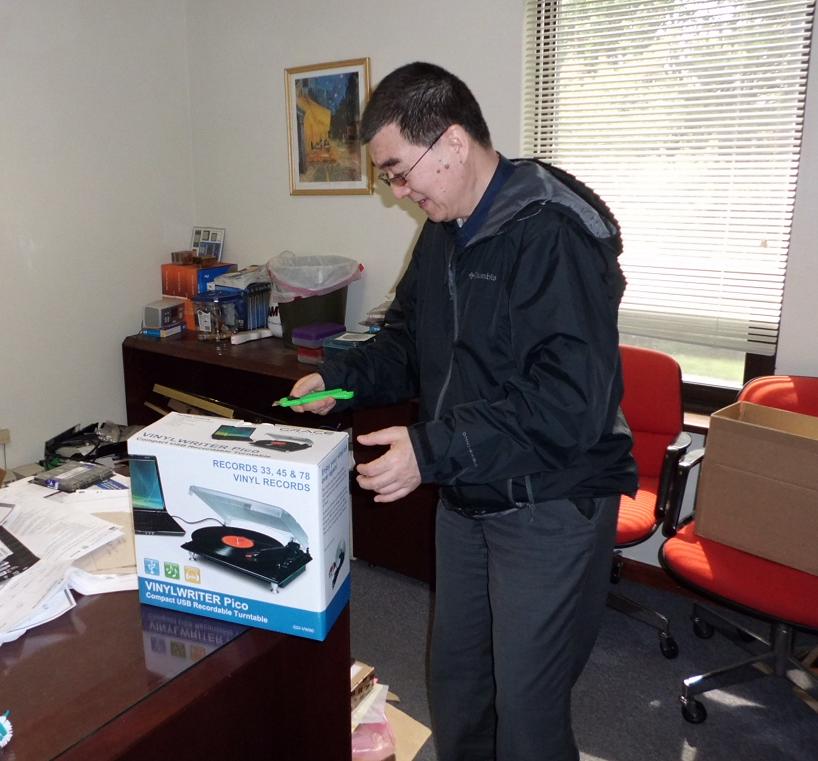
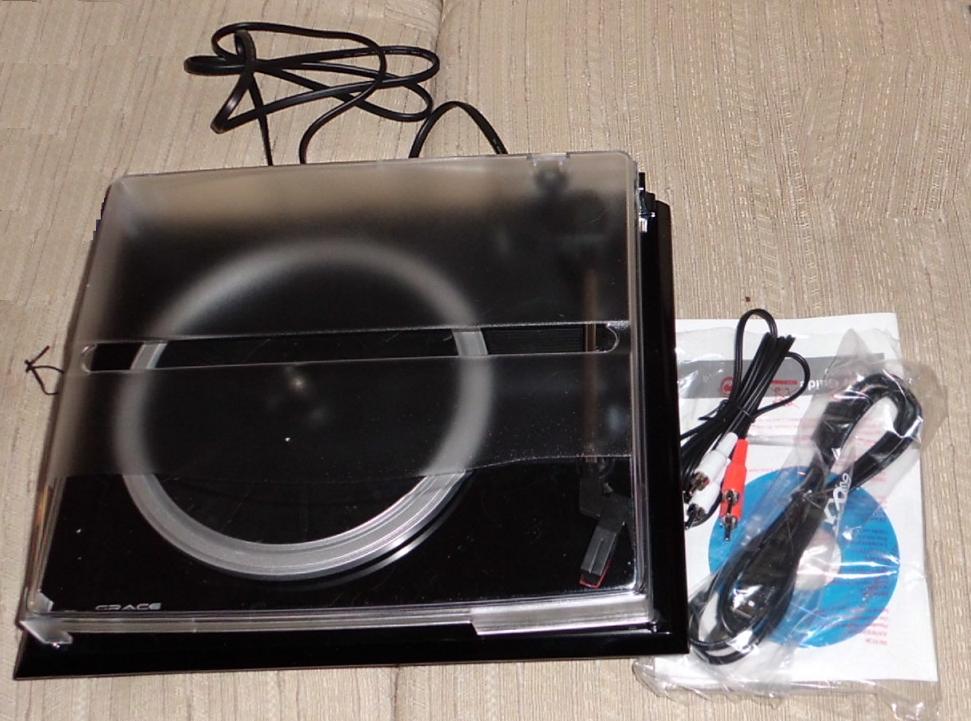 We interrupt the beginning of this script to tell you some new developments in one of the projects of this web site. In the recent past, several older dancers have dropped off vinyl records of israeli and other various forms of folk dancing. In our digital age, most people no longer have equipment to run these vinyl recordings and certainly cannot copy these into mp3 files. What to do? Certainly the disk coordinator doesn't have this expertise. So. in asking around, he found a source of computer equipment. This is Juishi Duan, of Apex computer, pictured on the left.
We interrupt the beginning of this script to tell you some new developments in one of the projects of this web site. In the recent past, several older dancers have dropped off vinyl records of israeli and other various forms of folk dancing. In our digital age, most people no longer have equipment to run these vinyl recordings and certainly cannot copy these into mp3 files. What to do? Certainly the disk coordinator doesn't have this expertise. So. in asking around, he found a source of computer equipment. This is Juishi Duan, of Apex computer, pictured on the left. 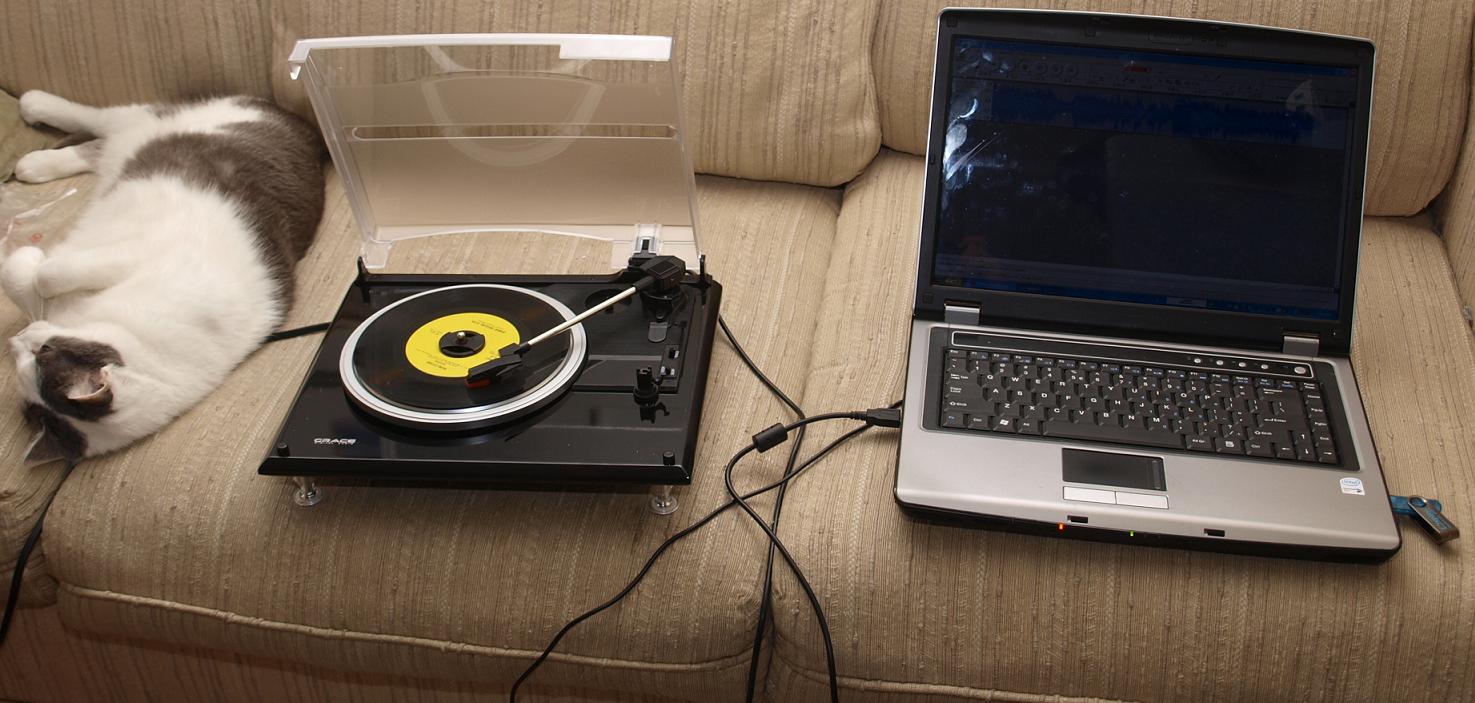
 And, back we went with this equipment. This web site is unique, generally having absolutely no expertise in anything done. Certainly, converting vinyl to mp3 is beyond the scope of our normal activities. Luckily, this web site can call on support in terms of various issues. To the left and right, you can see a copying of a vinyl 45 RPM record in progress supervised by Pi. It was through her expertise that software was installed on one of her laptops, a USB connection was made and the laptop took the music being derived by the Grace mechanism as a microphone recording. This was converted to an MP3 file and later loaded into the Nero wave editor to trim and finalize the music. Declicking was also established - this pertains to additional sounds derived from these types of recordings being edited out. No wonder Pi was so tired given all these technical manipulations to go through.
And, back we went with this equipment. This web site is unique, generally having absolutely no expertise in anything done. Certainly, converting vinyl to mp3 is beyond the scope of our normal activities. Luckily, this web site can call on support in terms of various issues. To the left and right, you can see a copying of a vinyl 45 RPM record in progress supervised by Pi. It was through her expertise that software was installed on one of her laptops, a USB connection was made and the laptop took the music being derived by the Grace mechanism as a microphone recording. This was converted to an MP3 file and later loaded into the Nero wave editor to trim and finalize the music. Declicking was also established - this pertains to additional sounds derived from these types of recordings being edited out. No wonder Pi was so tired given all these technical manipulations to go through.

 As you can see here, Worldtone is attributable as the record company and it even goes further, by including a division, Folk Music International, as the ultimate issuer. Today, Worldtone provides shoes for the entertainment (especially dancing) industry and has been featured on "Dancing With The Stars". Folk Music International was an on-going concern as of 1974 having been created by Kenneth and Nomi Spear. Their address was at 56-40 187th St in Flushing NY. Today this shoe company has shops in Los Angeles and New York and the company is run by Spear's daughter Lani pictured here.
As you can see here, Worldtone is attributable as the record company and it even goes further, by including a division, Folk Music International, as the ultimate issuer. Today, Worldtone provides shoes for the entertainment (especially dancing) industry and has been featured on "Dancing With The Stars". Folk Music International was an on-going concern as of 1974 having been created by Kenneth and Nomi Spear. Their address was at 56-40 187th St in Flushing NY. Today this shoe company has shops in Los Angeles and New York and the company is run by Spear's daughter Lani pictured here.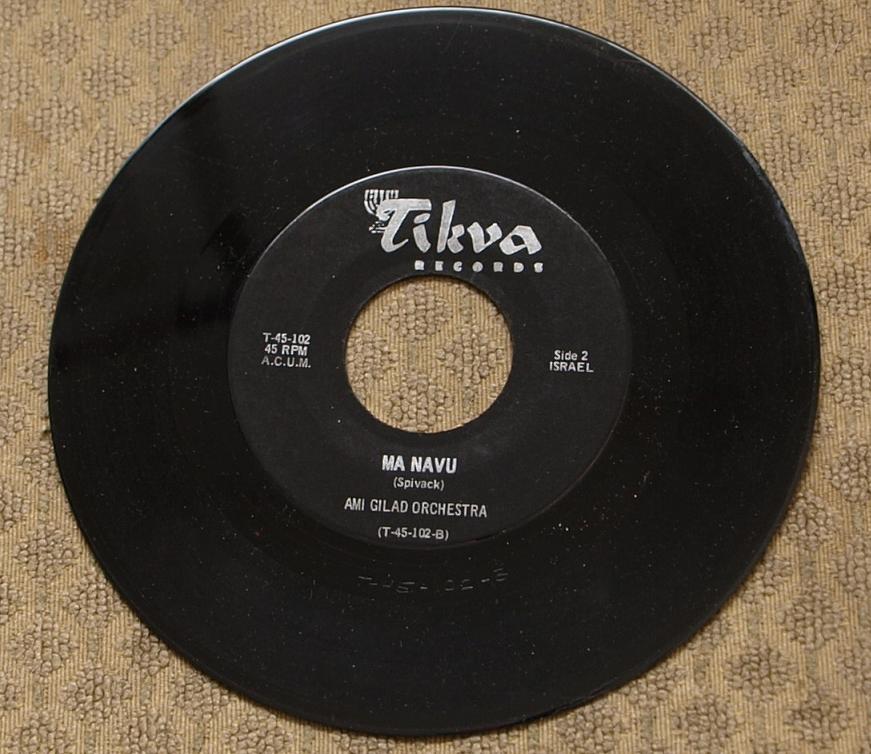
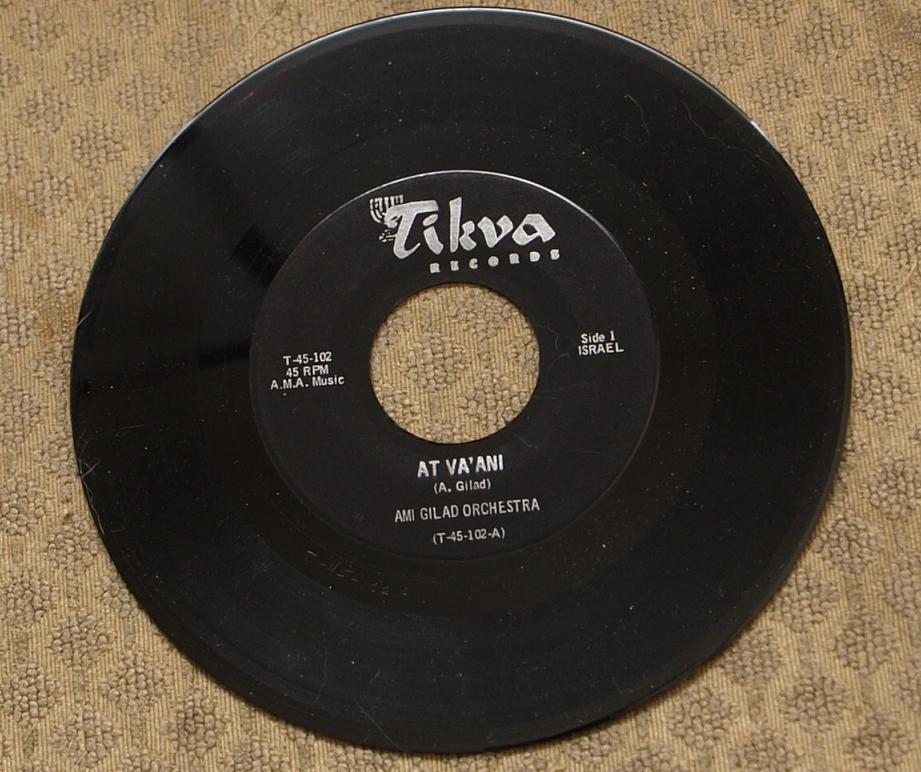
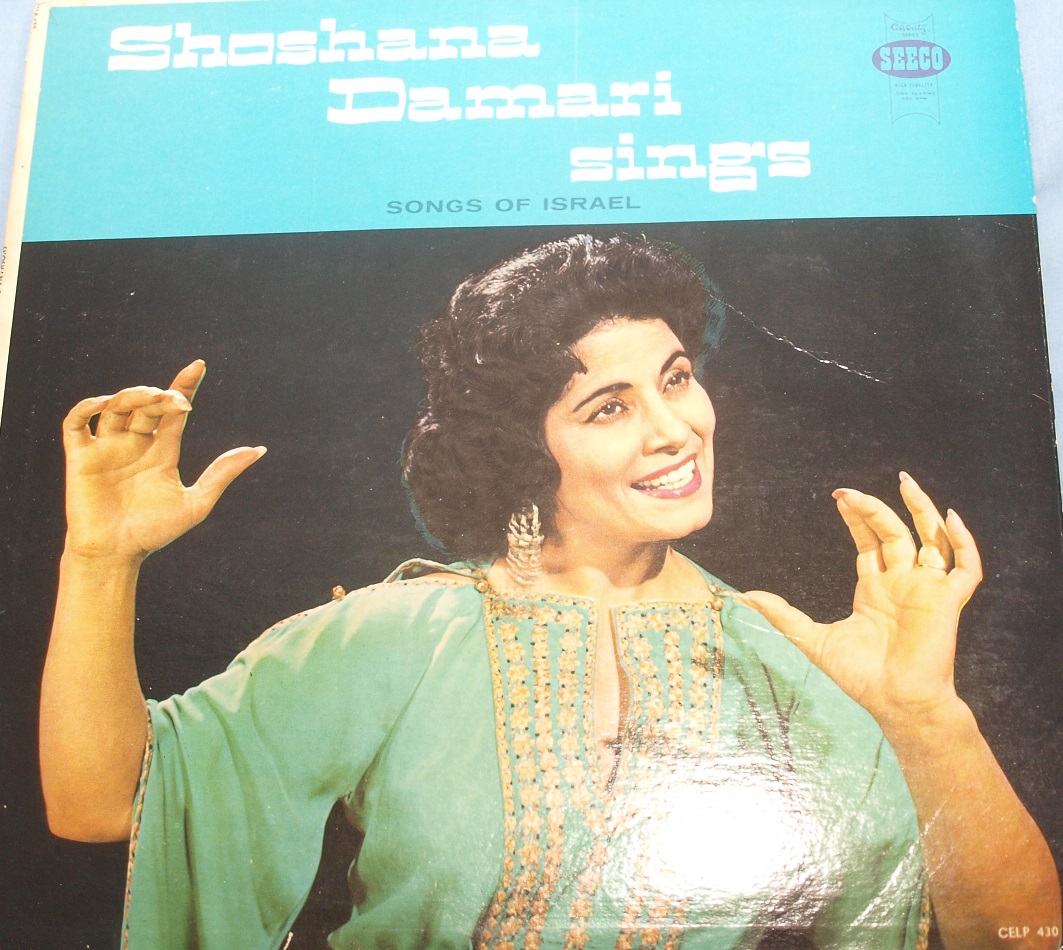 You can see the two sides of this record,
You can see the two sides of this record, 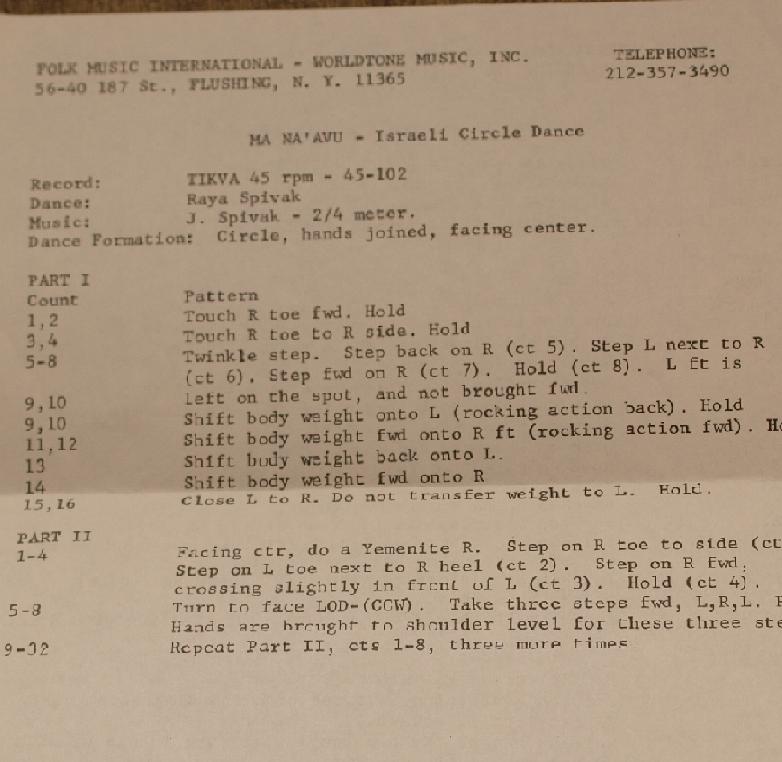
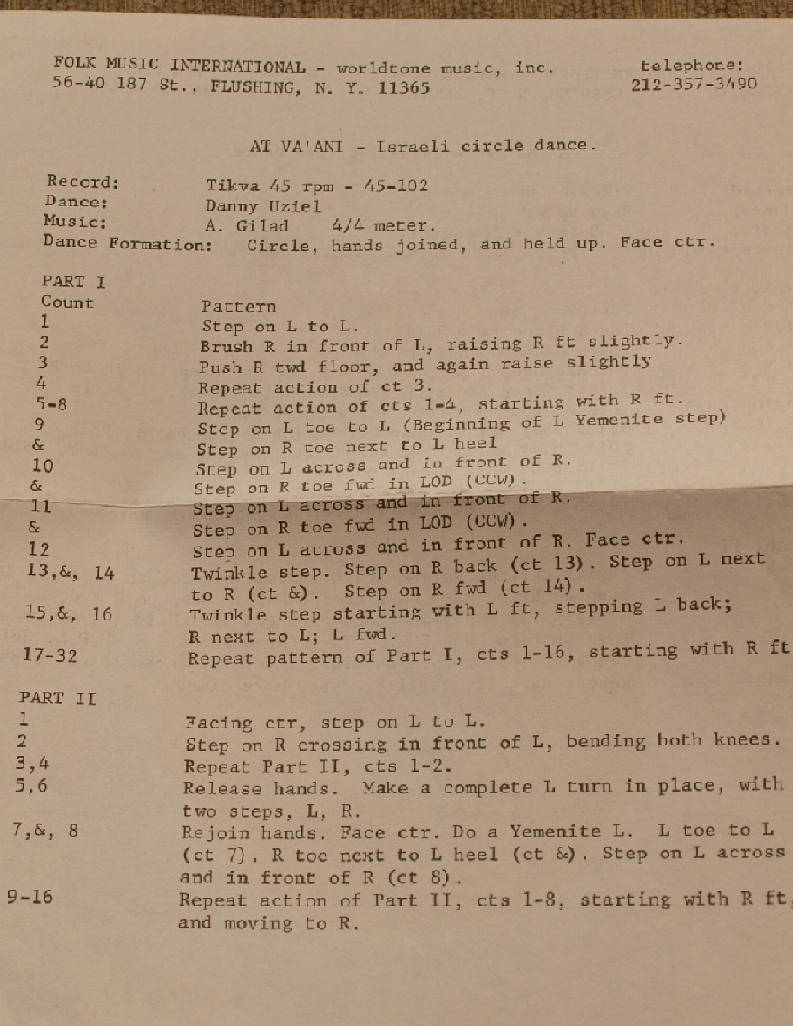
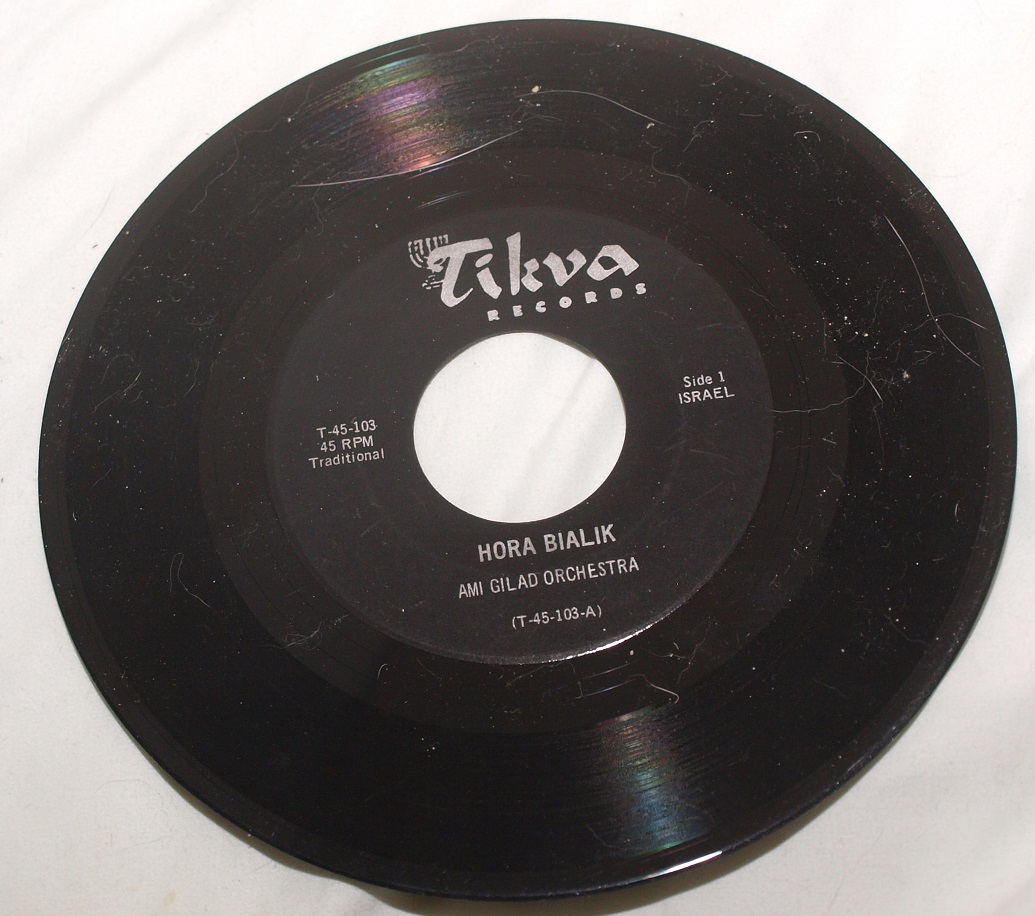
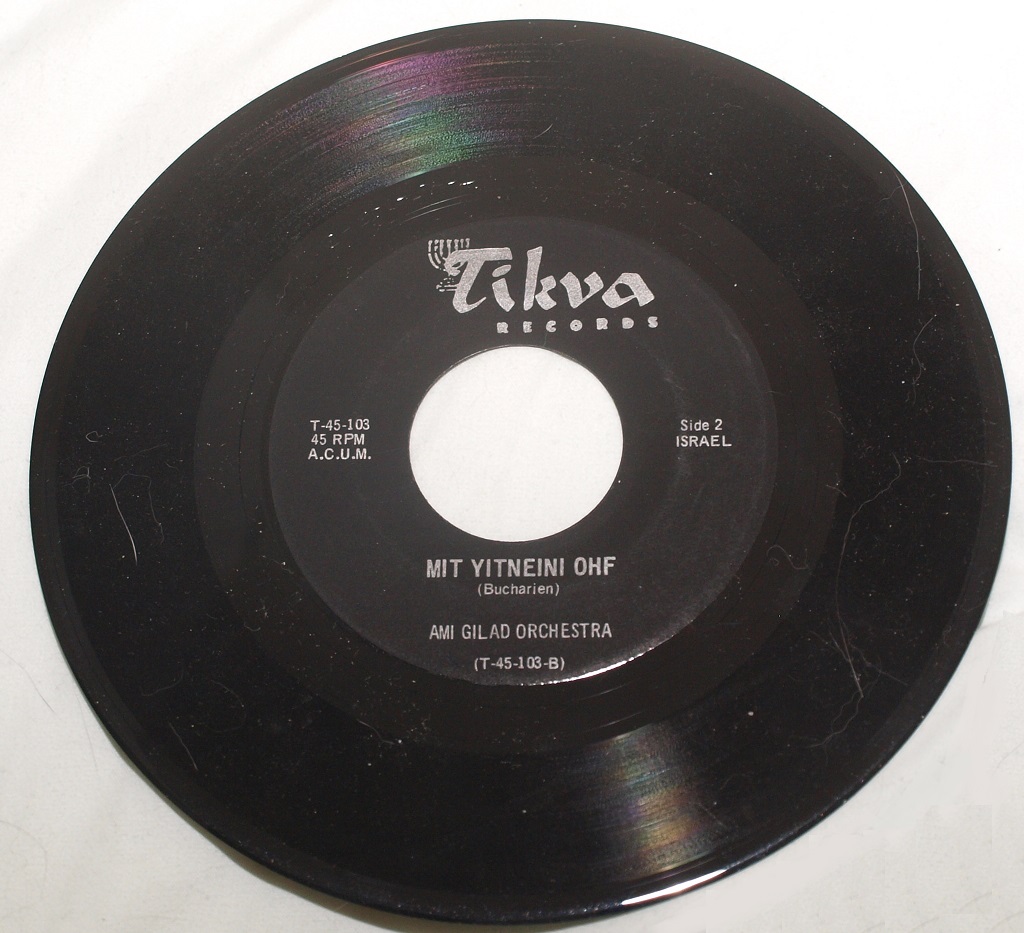
 This is another Tikva labeled record. Side A has
This is another Tikva labeled record. Side A has 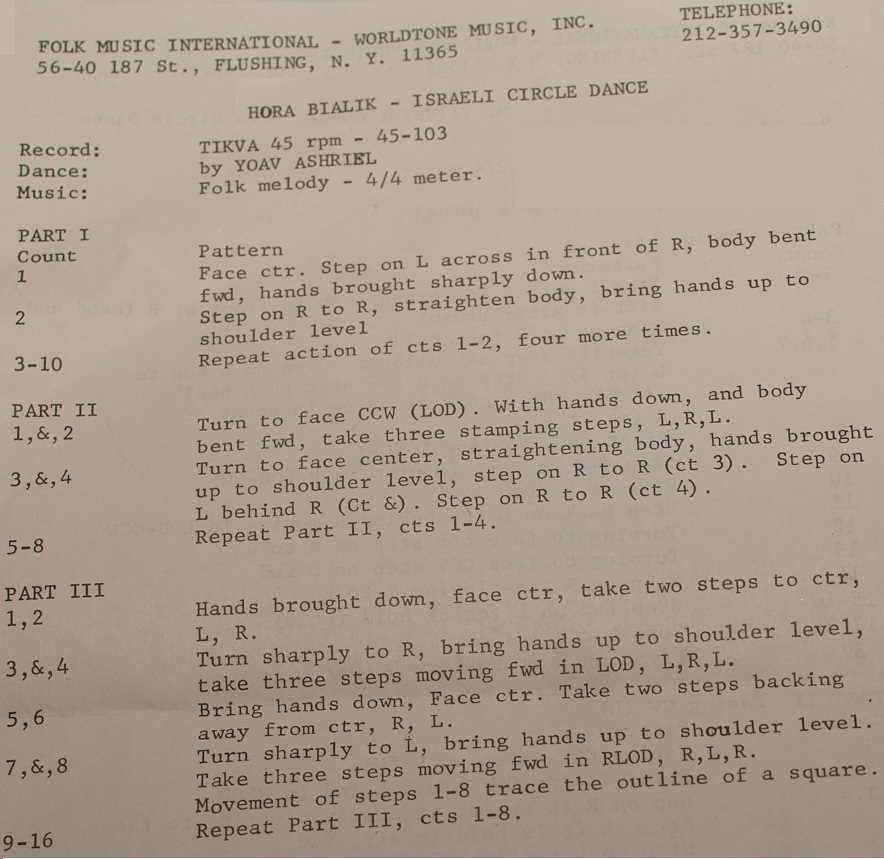
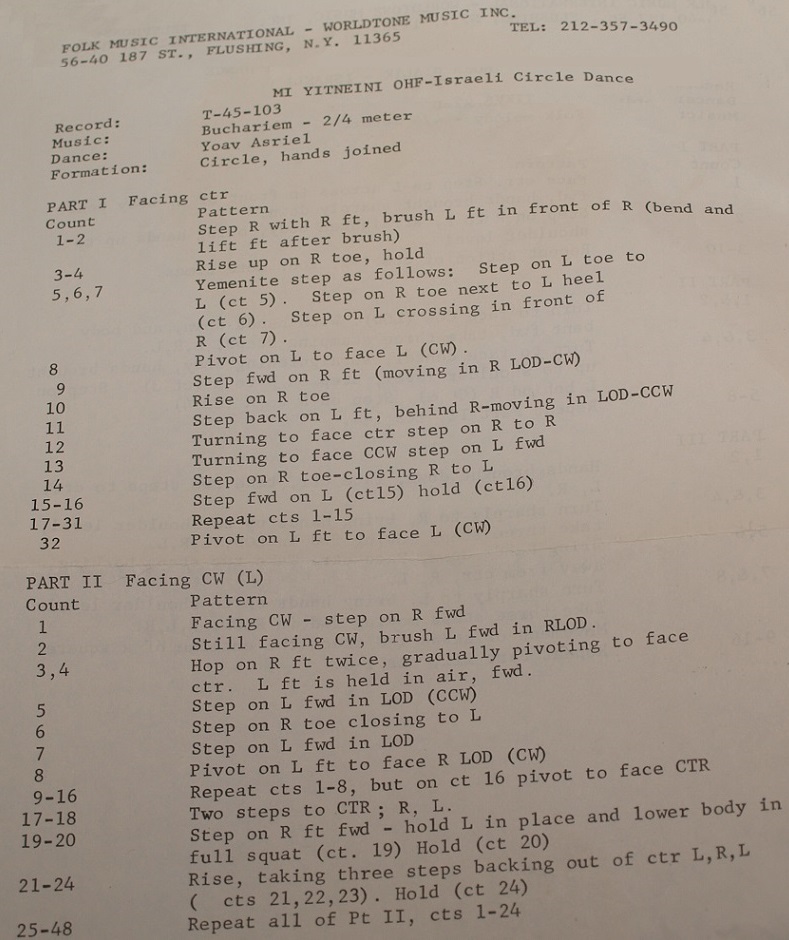
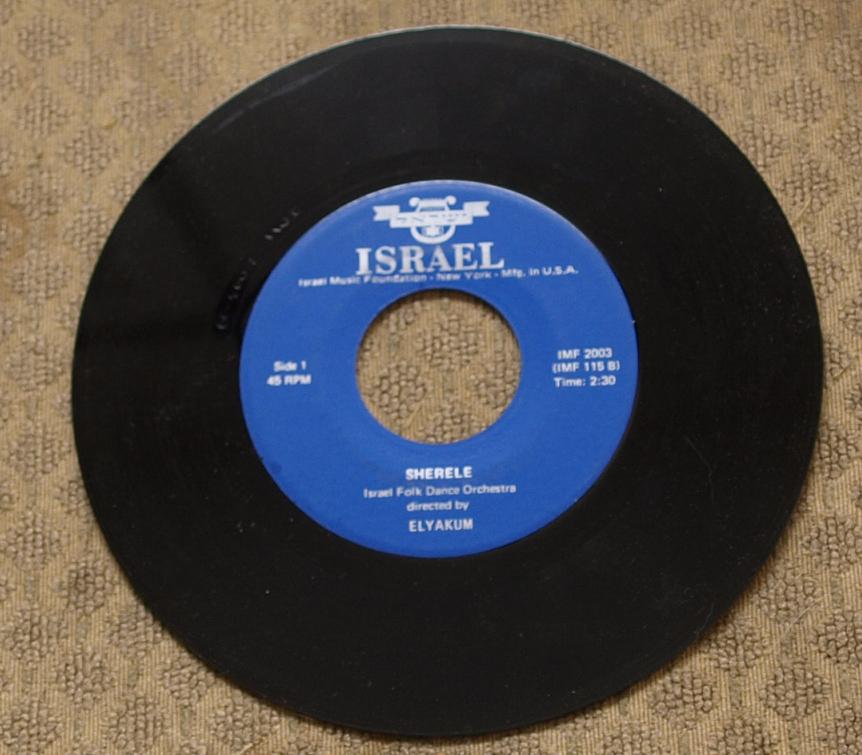

 These pictures are of both sides of a 45 rpm issued by the Israeli Music foundation. There are three tracks on this record. The first side presents
These pictures are of both sides of a 45 rpm issued by the Israeli Music foundation. There are three tracks on this record. The first side presents 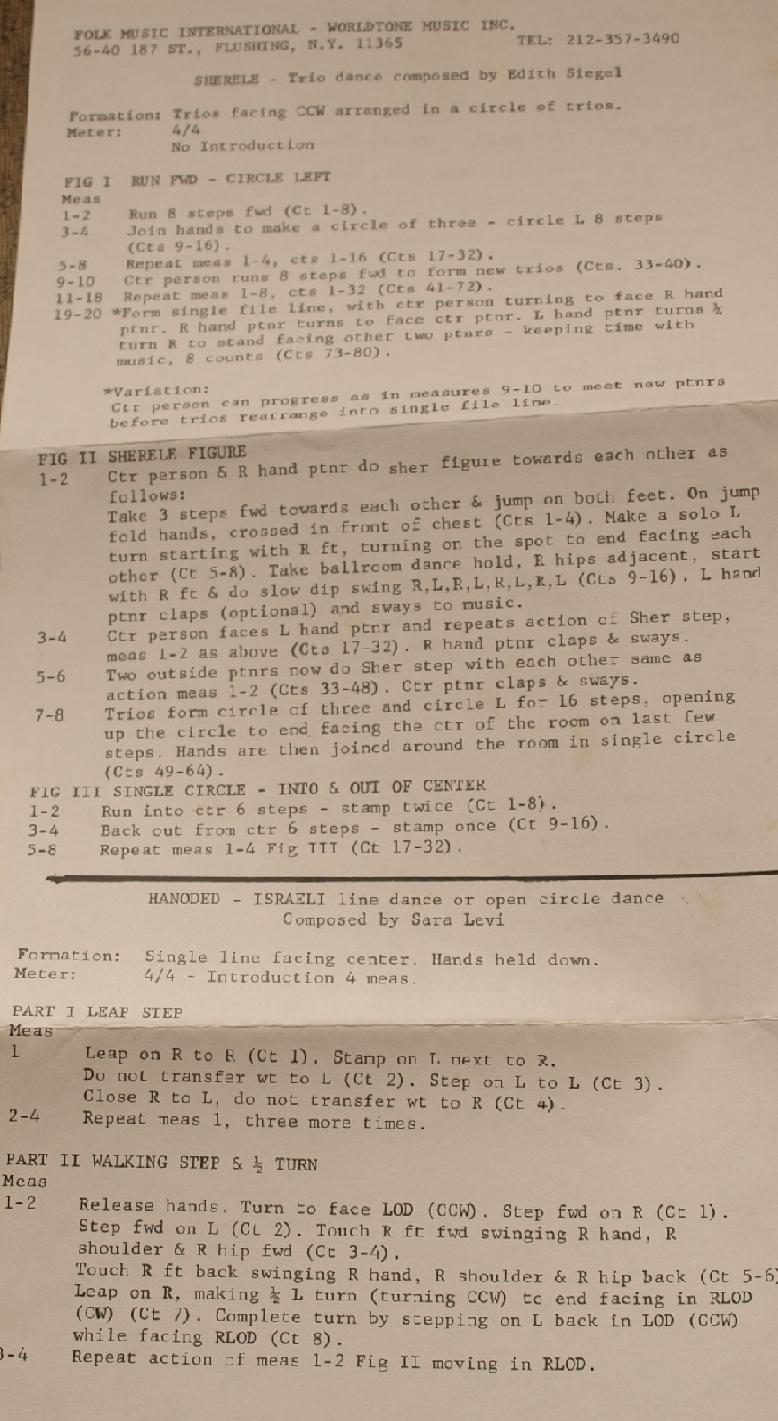
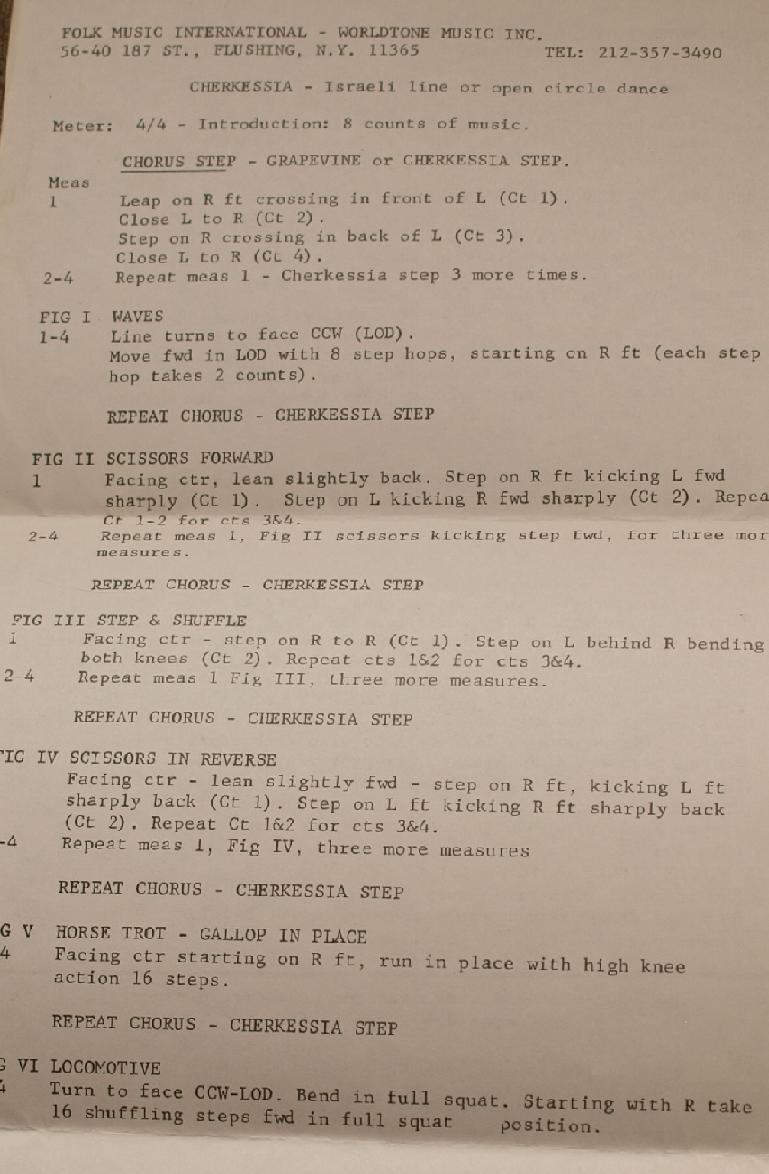
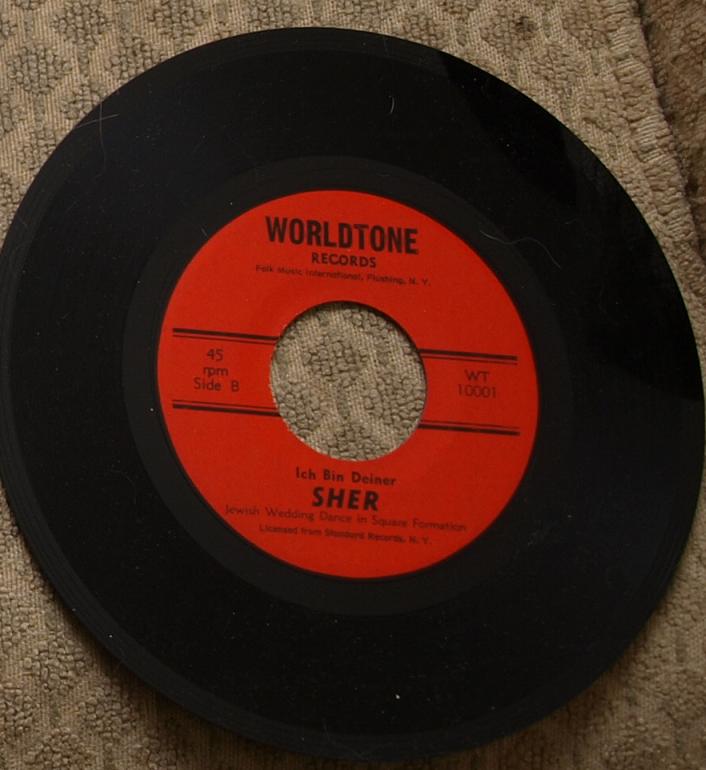
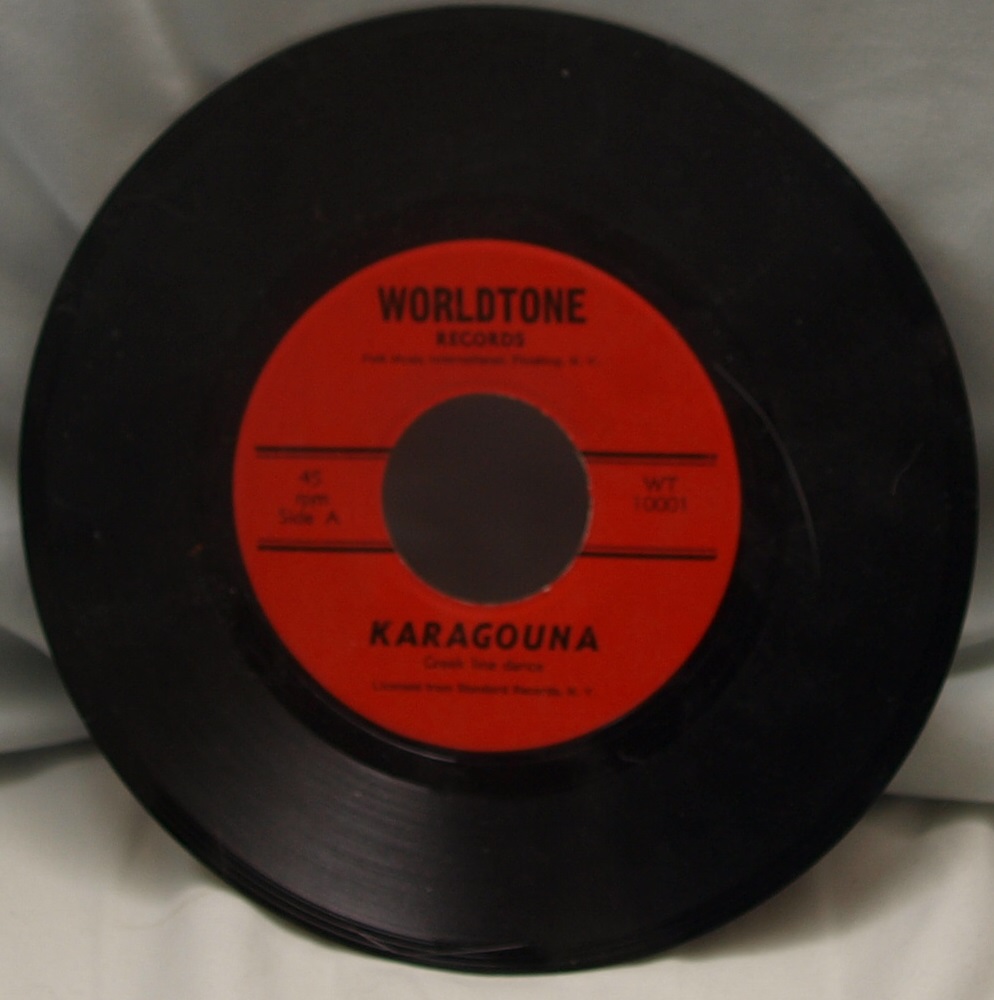
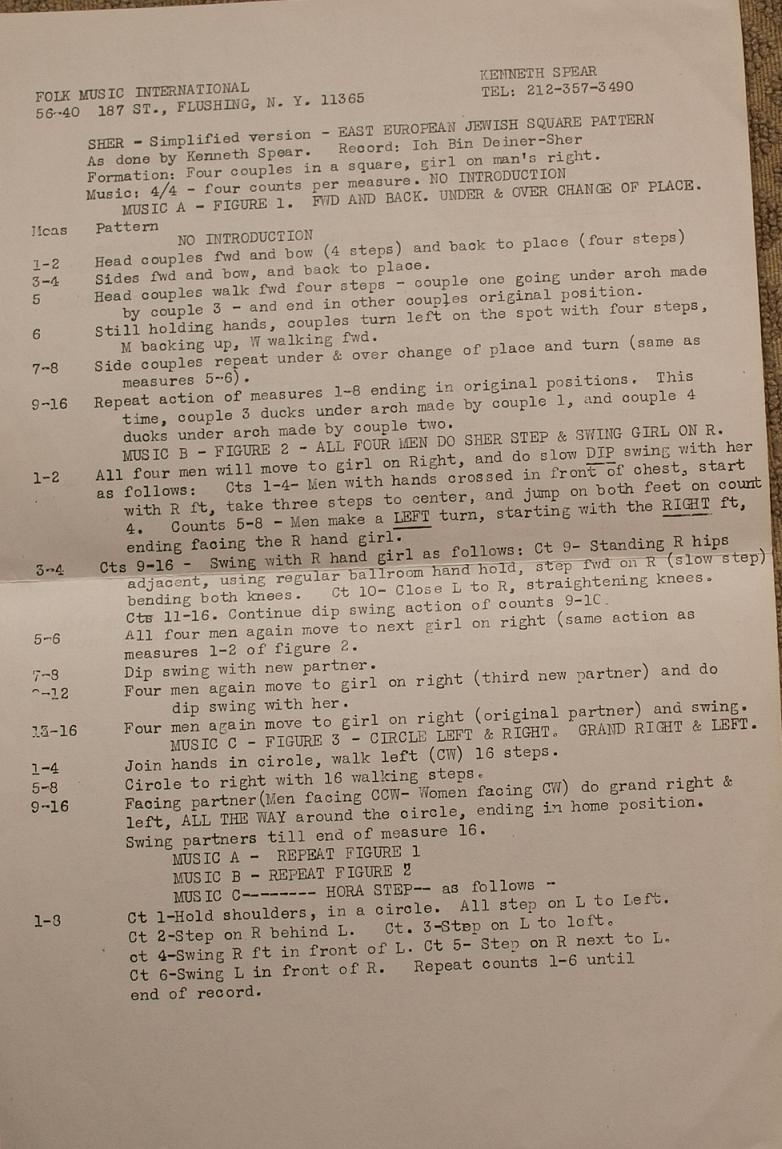


 This record (along with the next two) were presented by an elderly couple to Grant during a class in 2012. One record was of interest to Israeli dancers (having 2 playable sides) pertaining to songs sung by Maya Zephrir. These records are dated to 1950 and the songs are part of the International folk dance repertoire although rarely played.
This record (along with the next two) were presented by an elderly couple to Grant during a class in 2012. One record was of interest to Israeli dancers (having 2 playable sides) pertaining to songs sung by Maya Zephrir. These records are dated to 1950 and the songs are part of the International folk dance repertoire although rarely played. 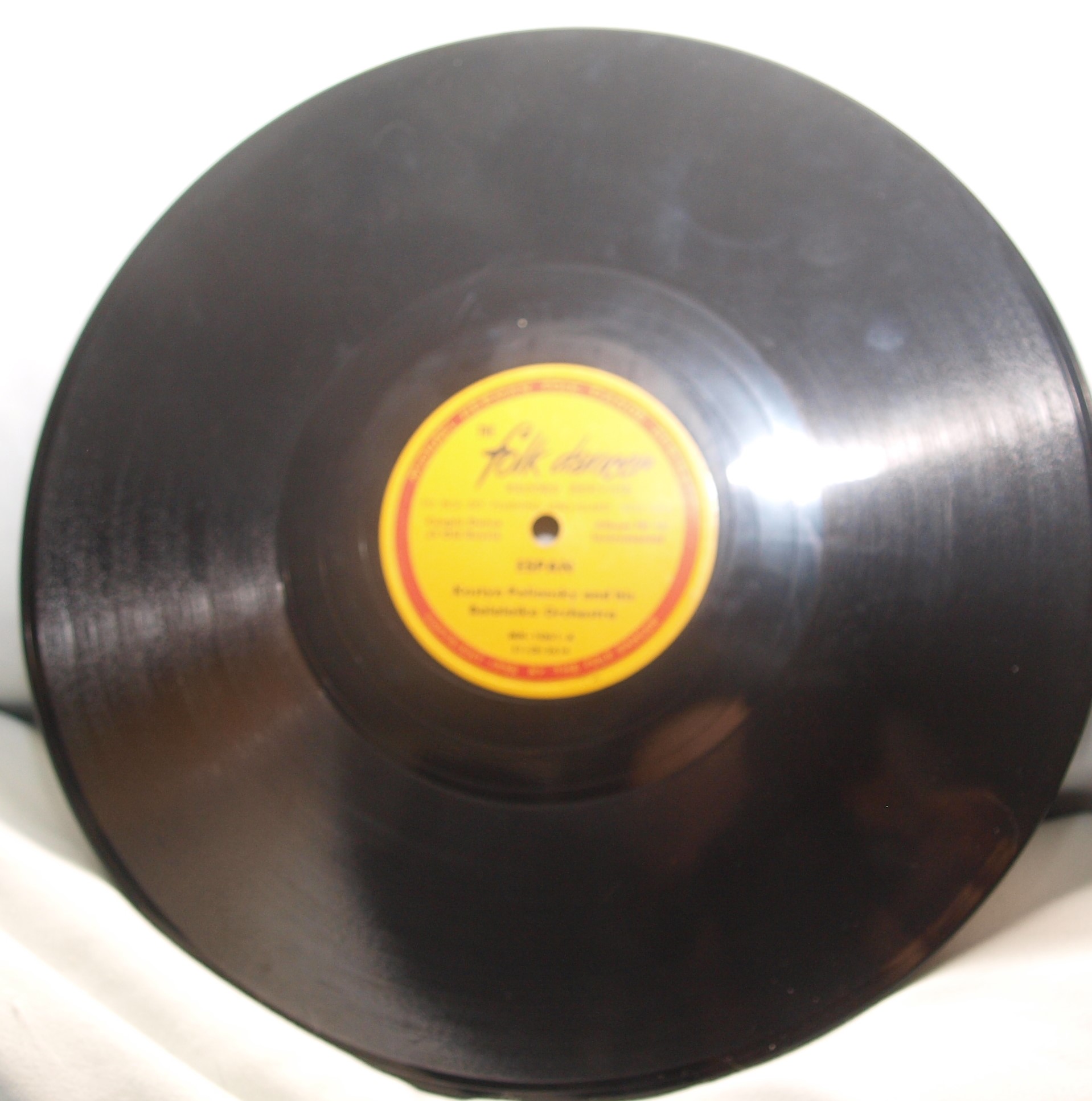
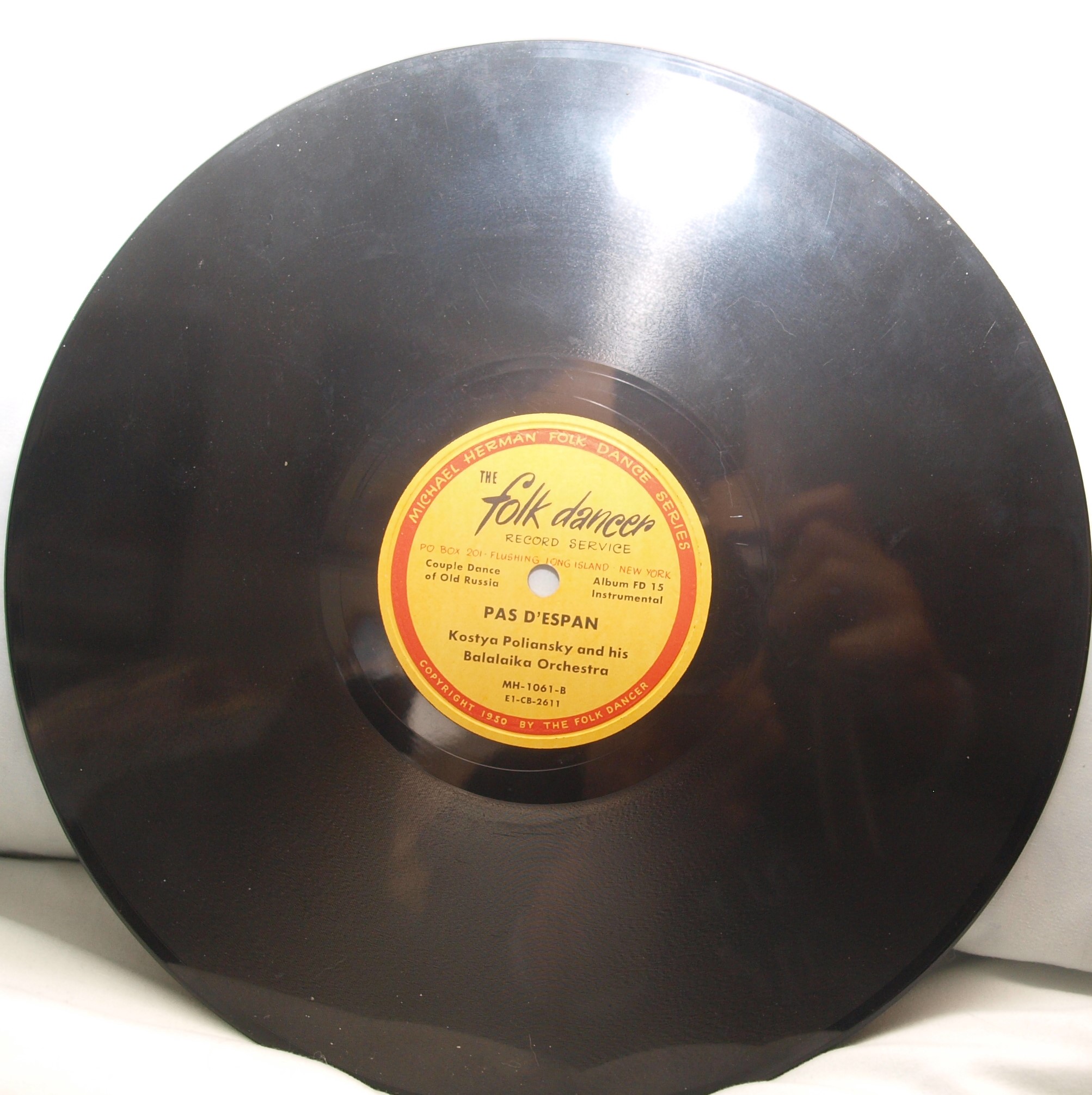
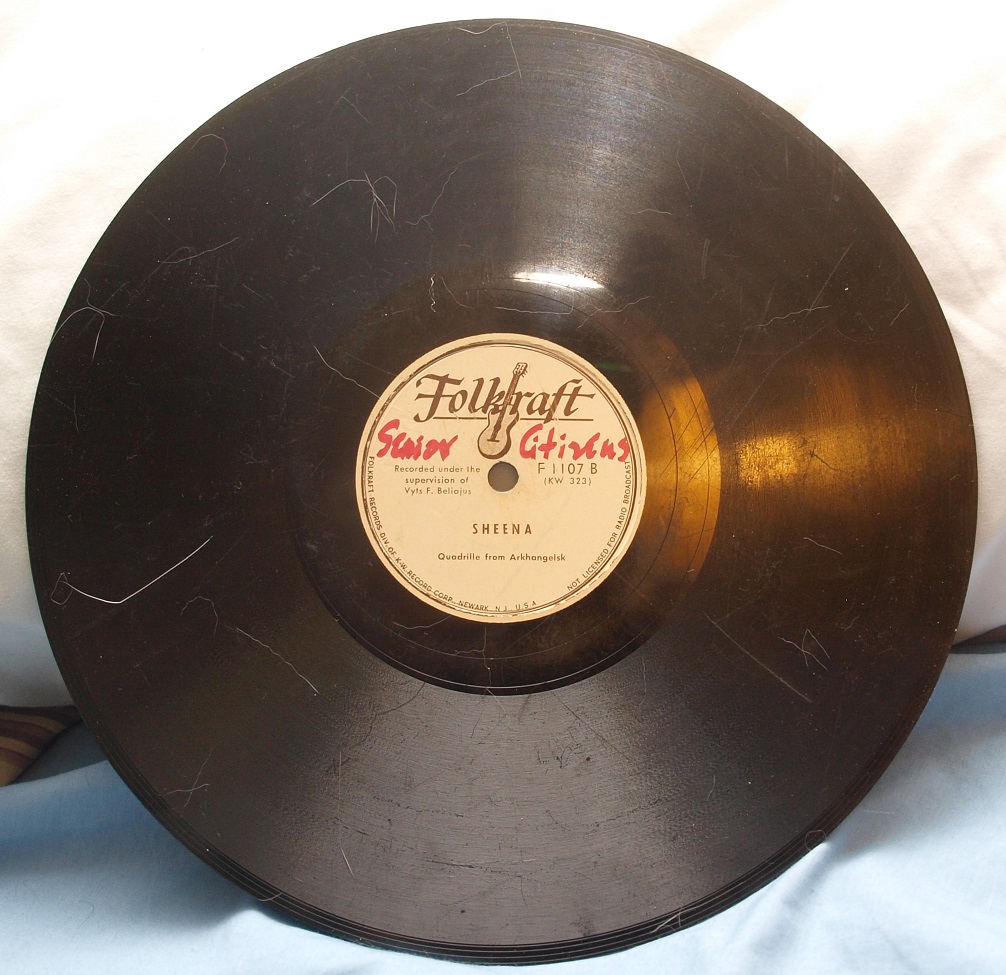
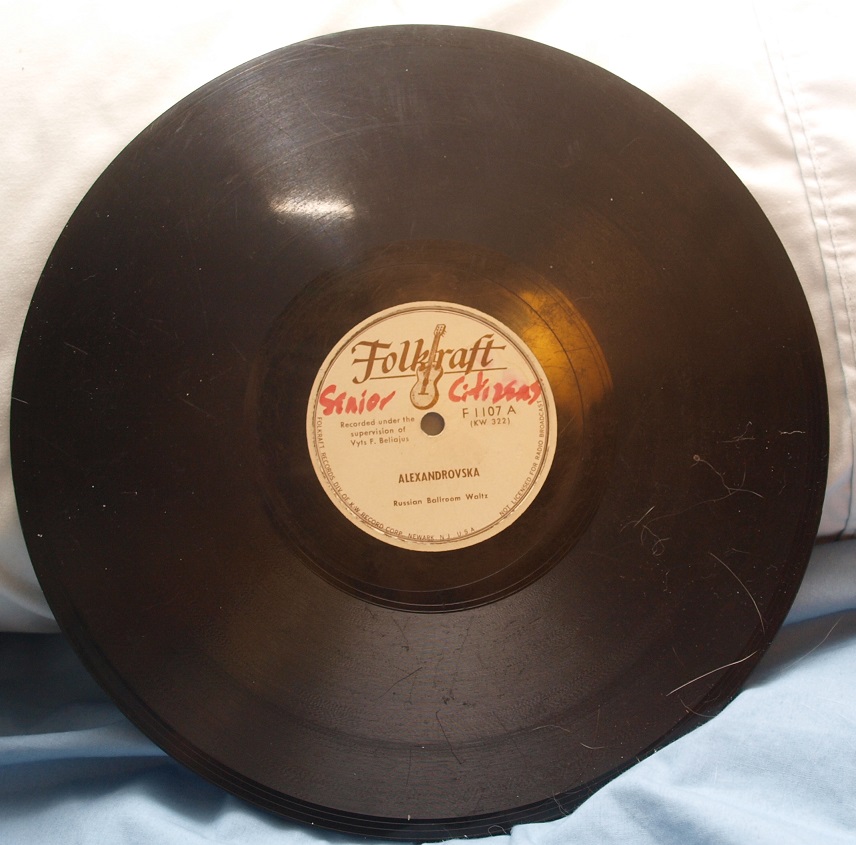
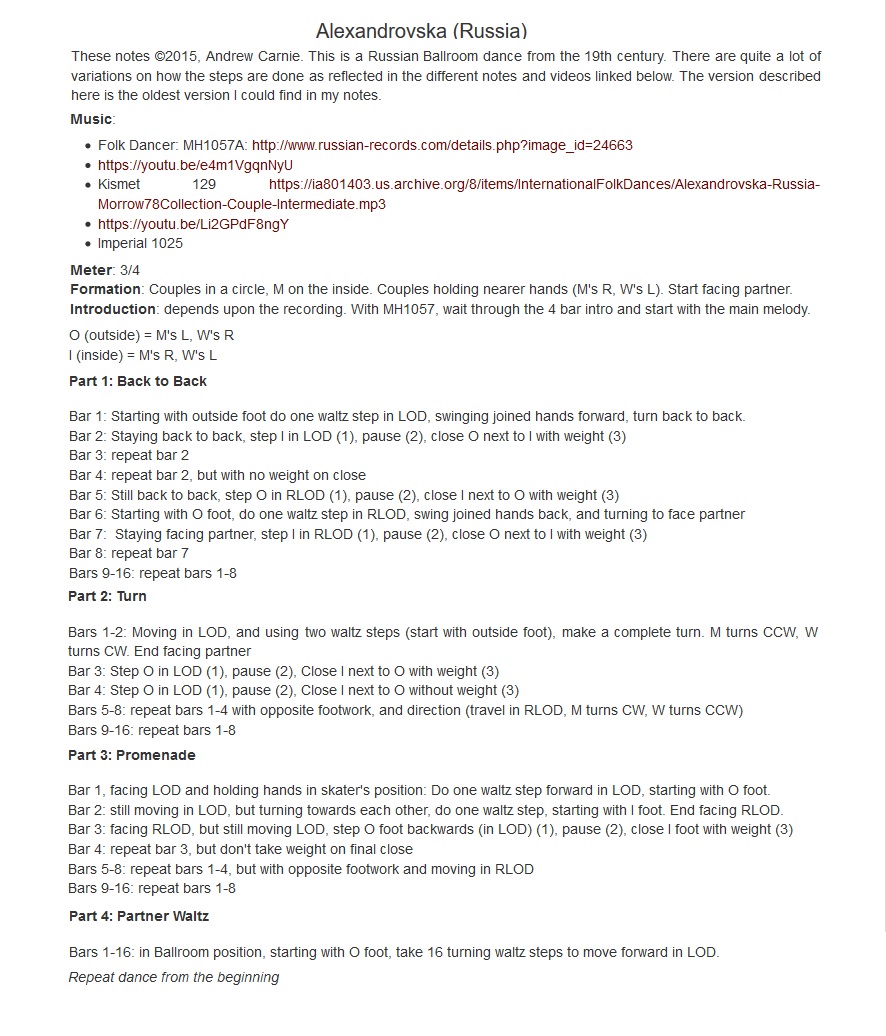
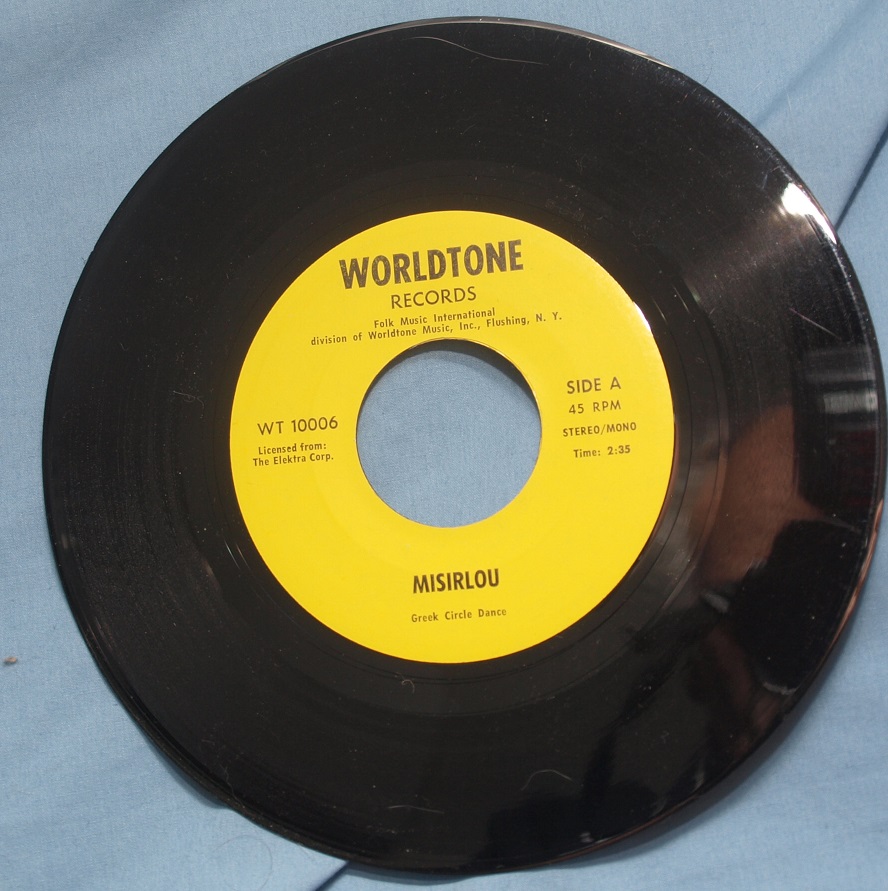
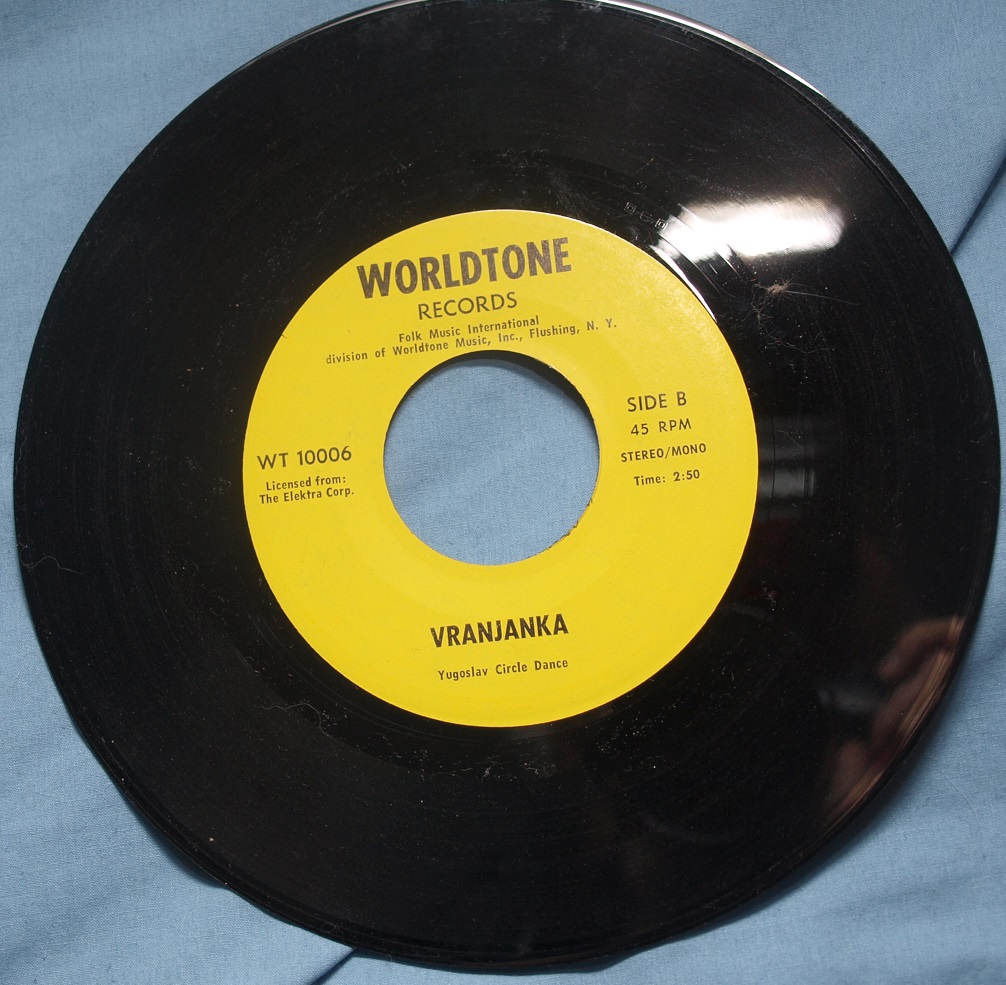
 Also included is this 45 record consisting of
Also included is this 45 record consisting of 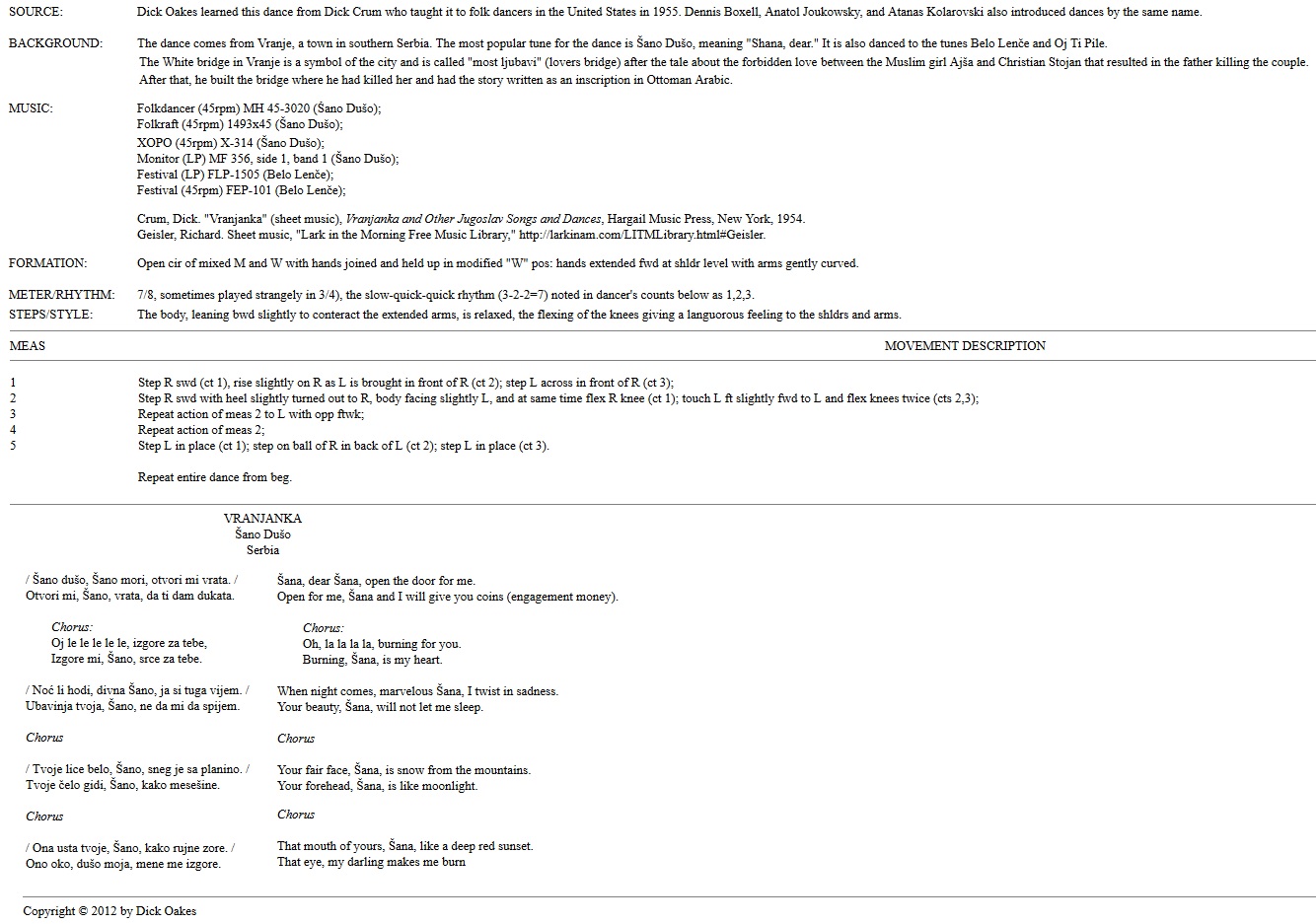
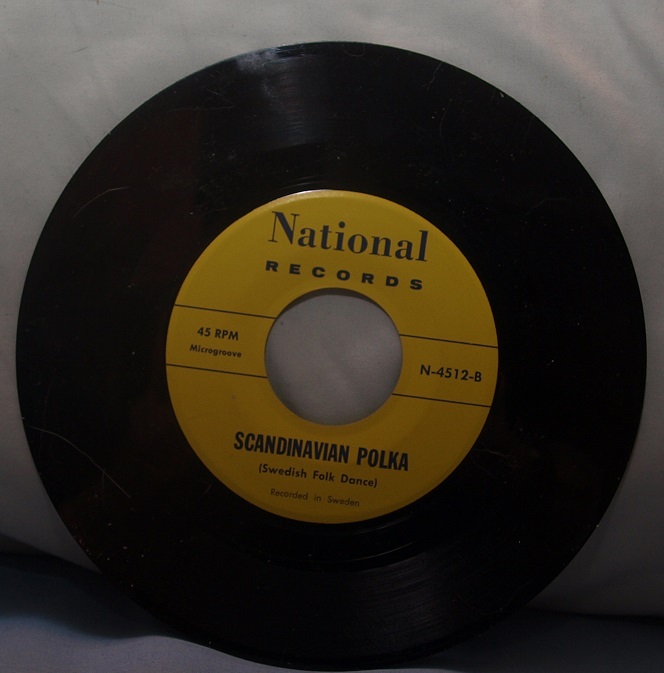
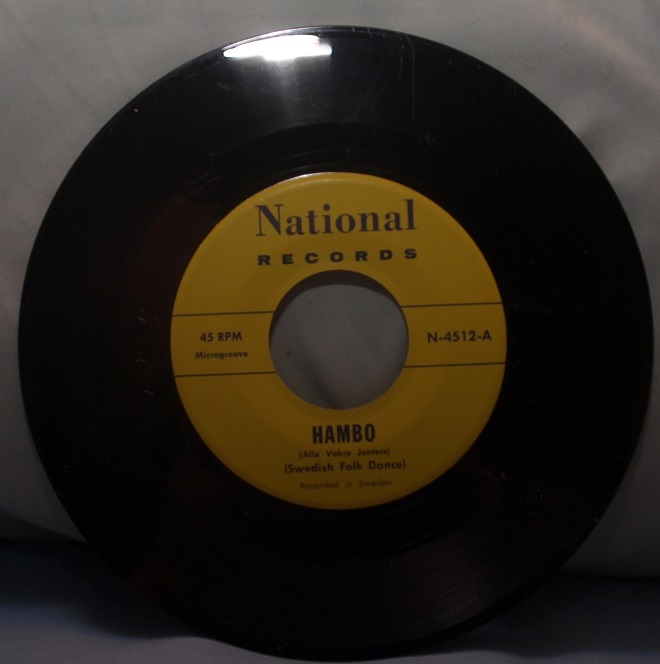
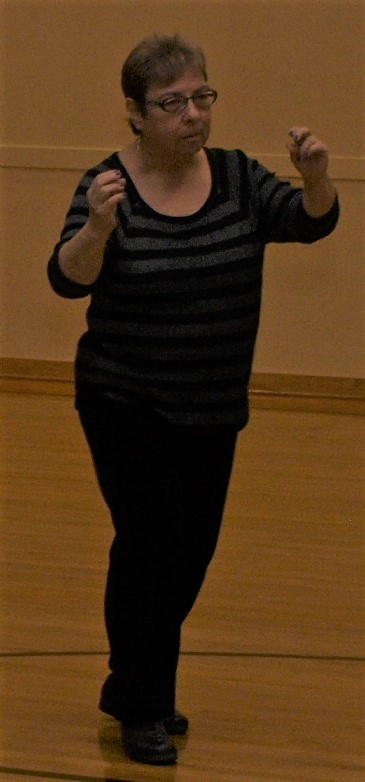 Nordic music, which includes German, is especially percussion based. These pieces of music come from Scandinavia (Sweden, Norway, etc). If you listen to the music, it really is different than some of the previous selections. Here we have the
Nordic music, which includes German, is especially percussion based. These pieces of music come from Scandinavia (Sweden, Norway, etc). If you listen to the music, it really is different than some of the previous selections. Here we have the 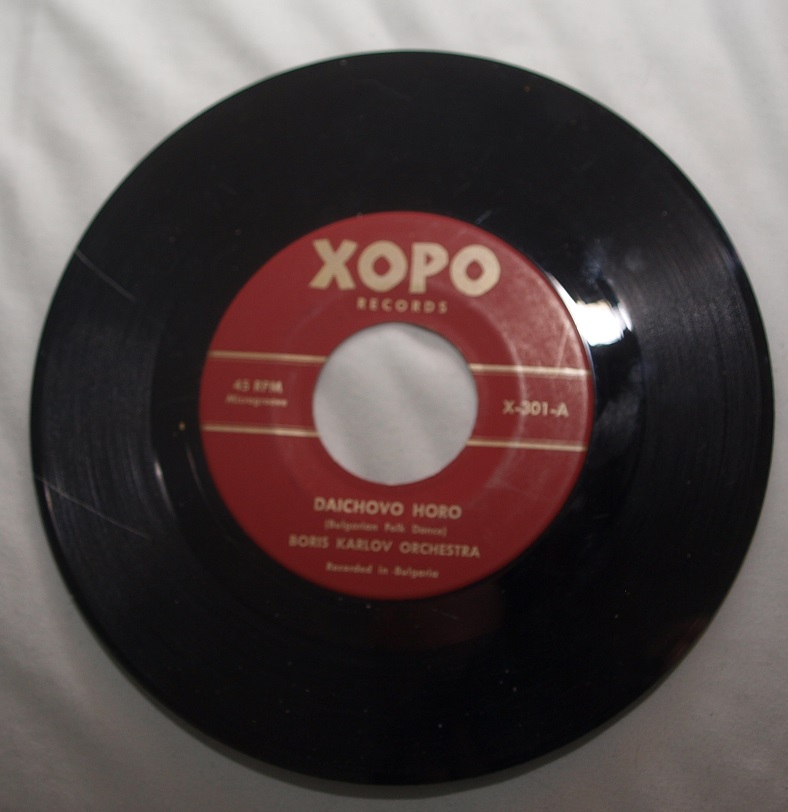
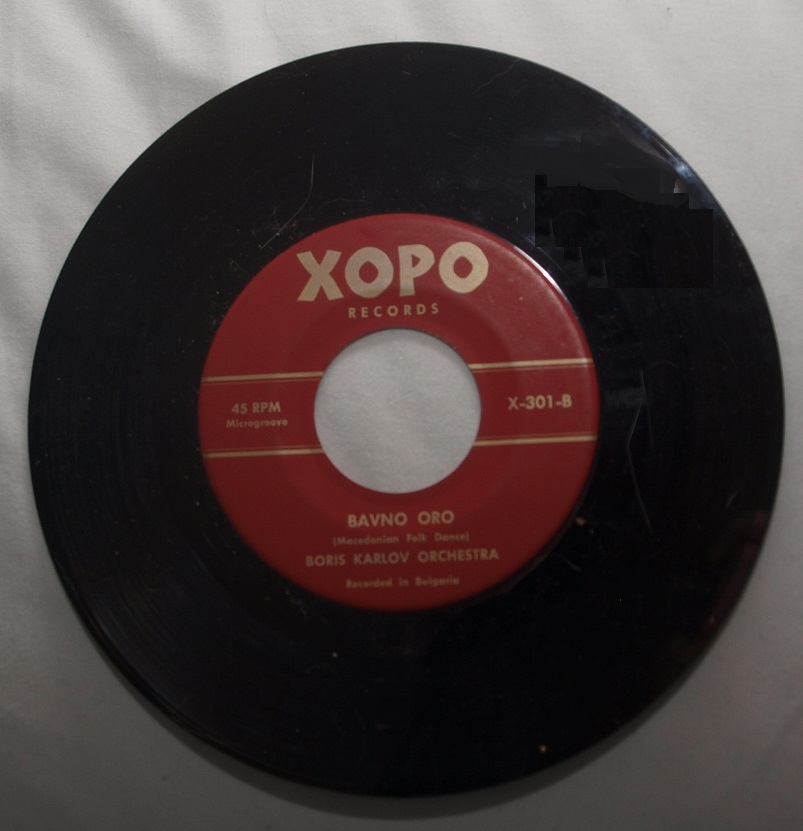
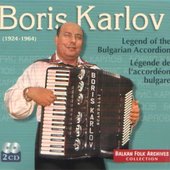 This record has side 1 featuring a Bulgarian folk dance,
This record has side 1 featuring a Bulgarian folk dance, 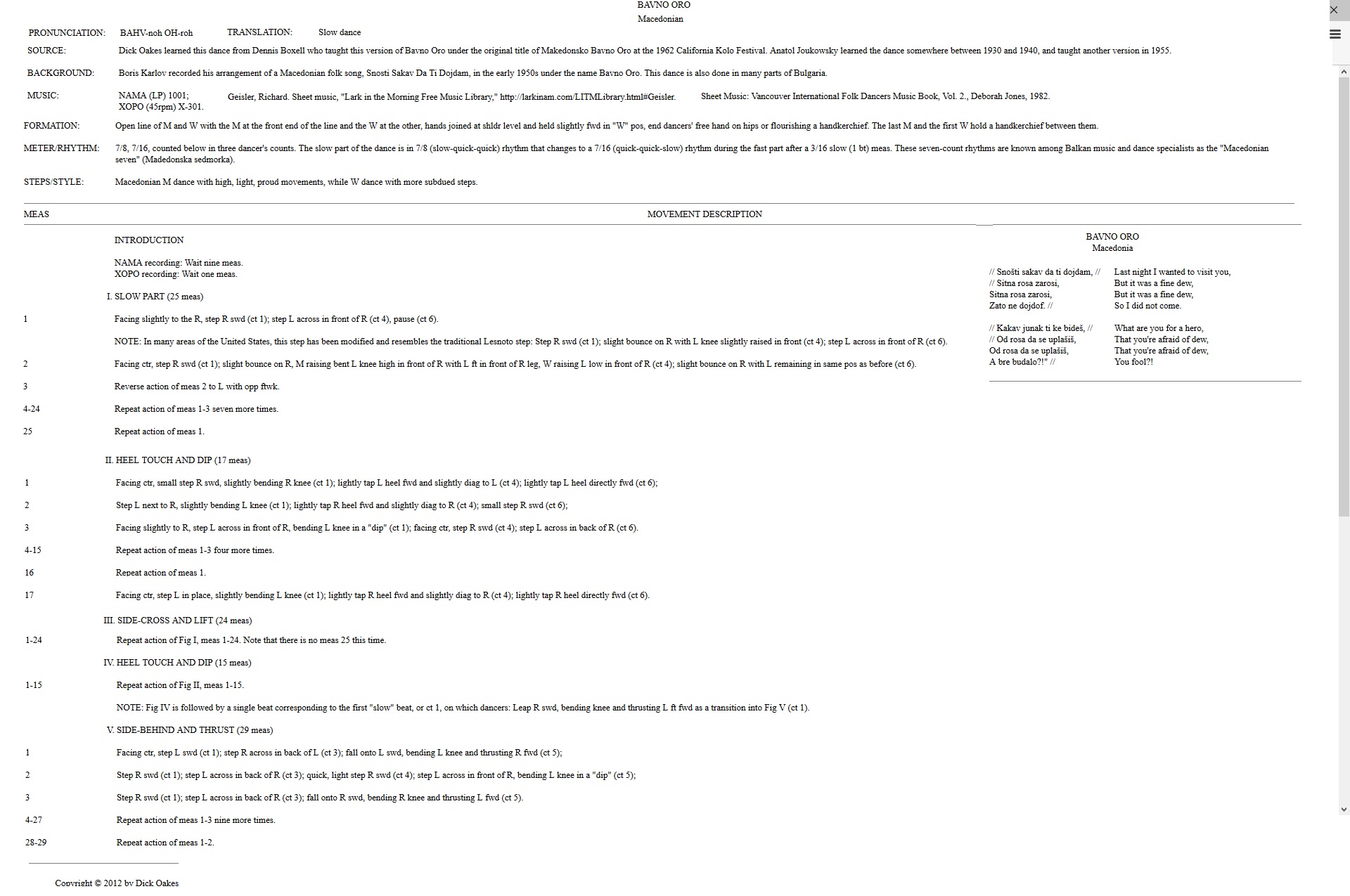
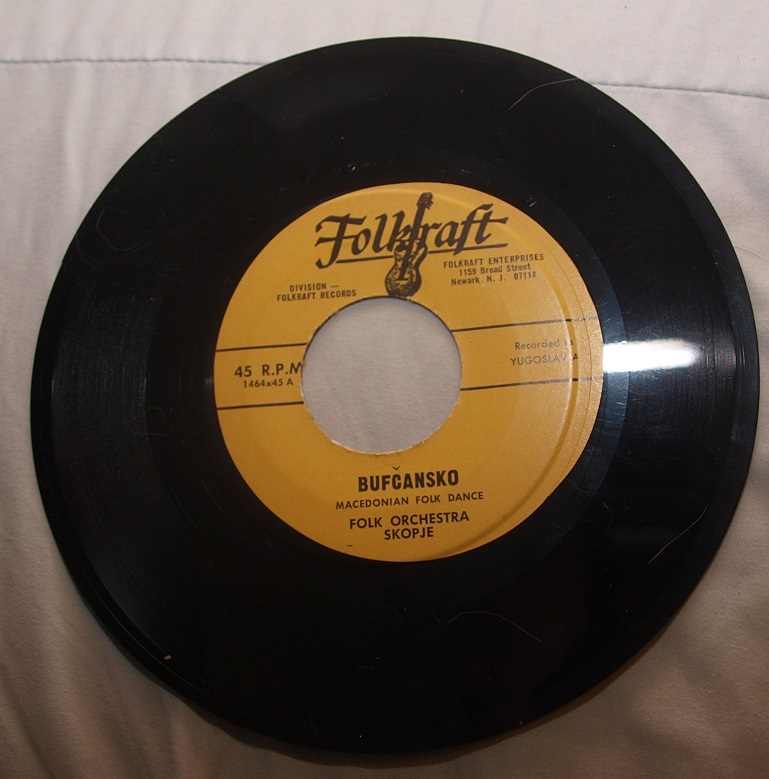
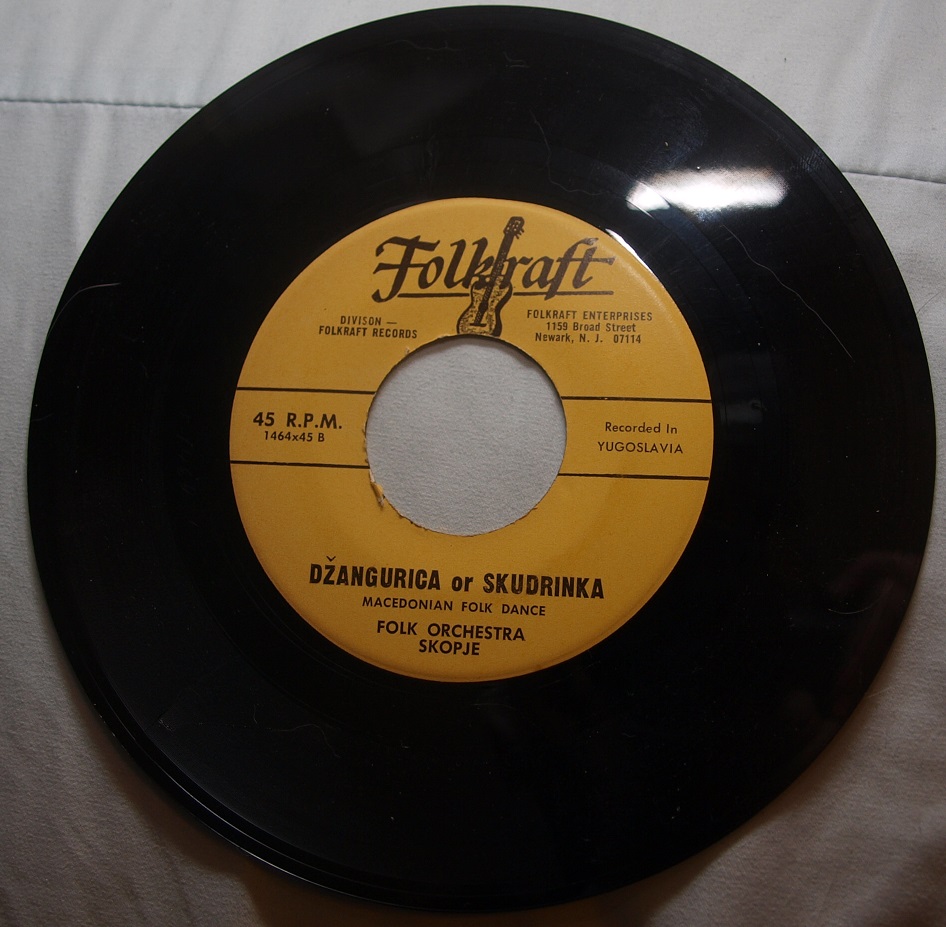
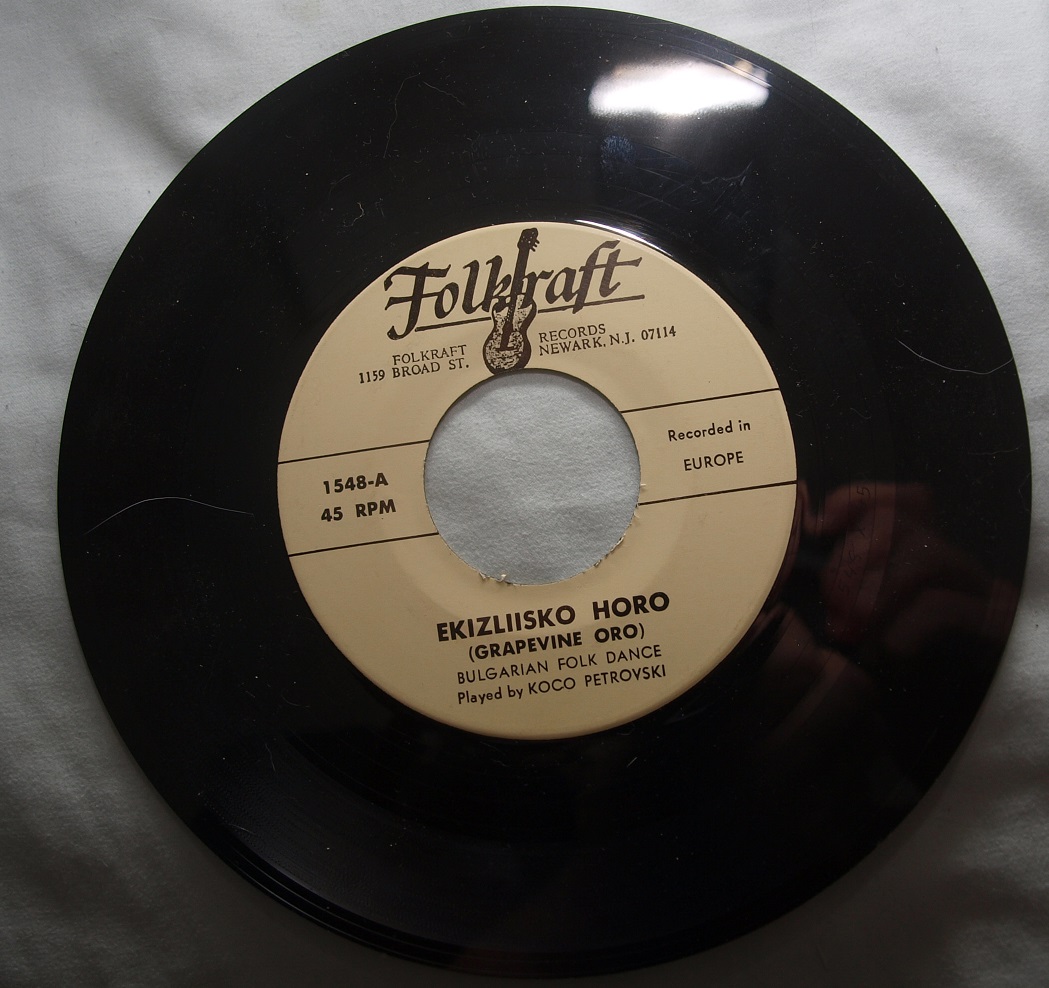
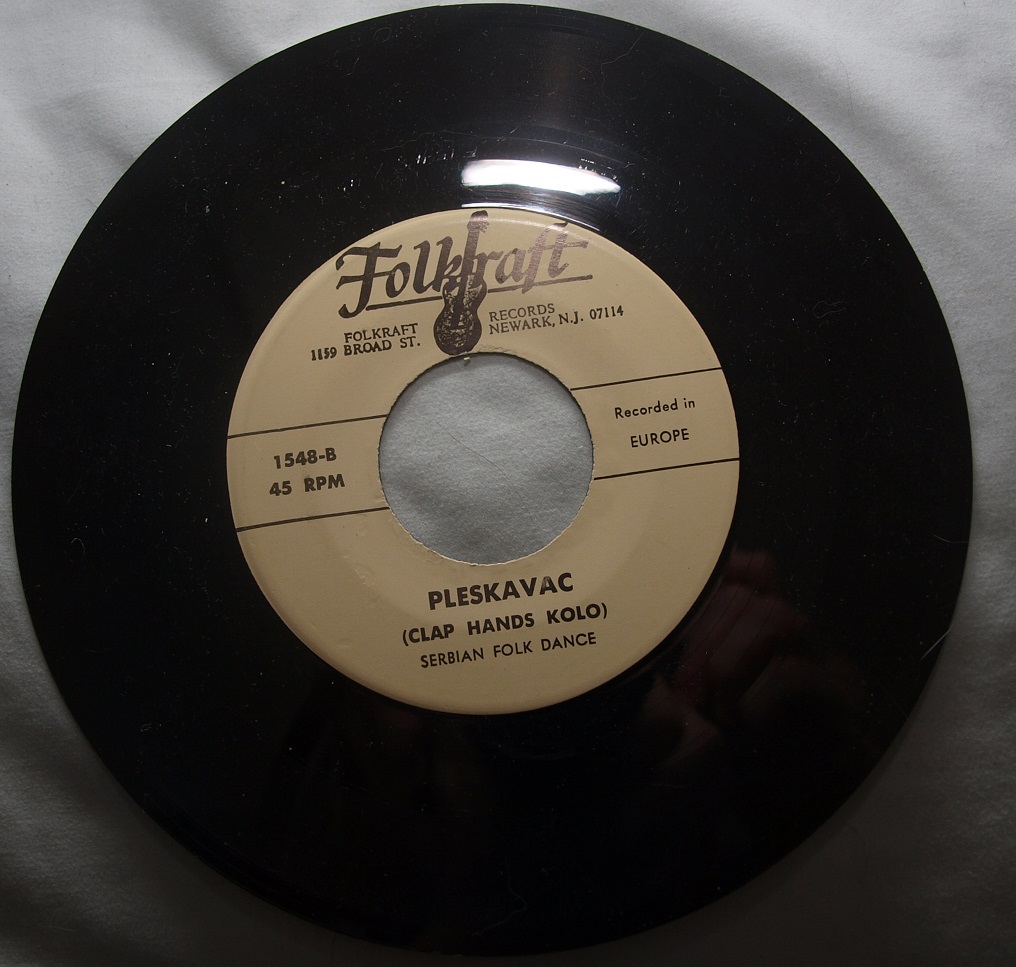
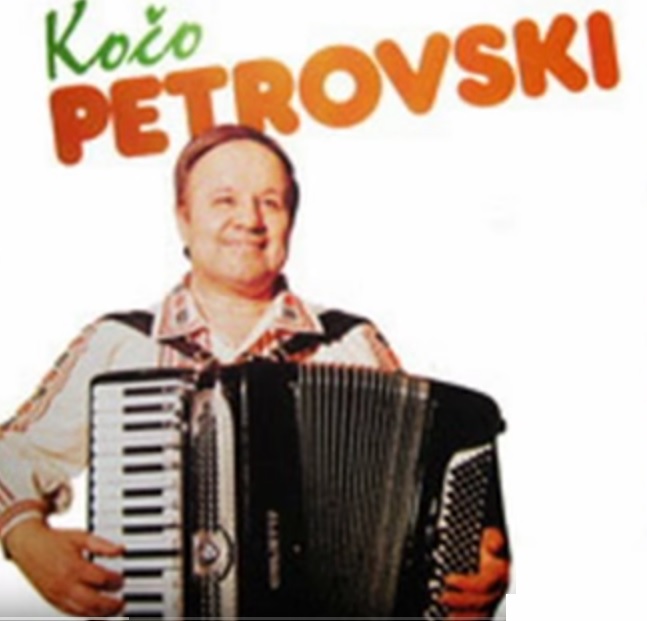 We've seen the Folkraft label before. This time we are dealing with some more Bulgarian dances. Side B is
We've seen the Folkraft label before. This time we are dealing with some more Bulgarian dances. Side B is 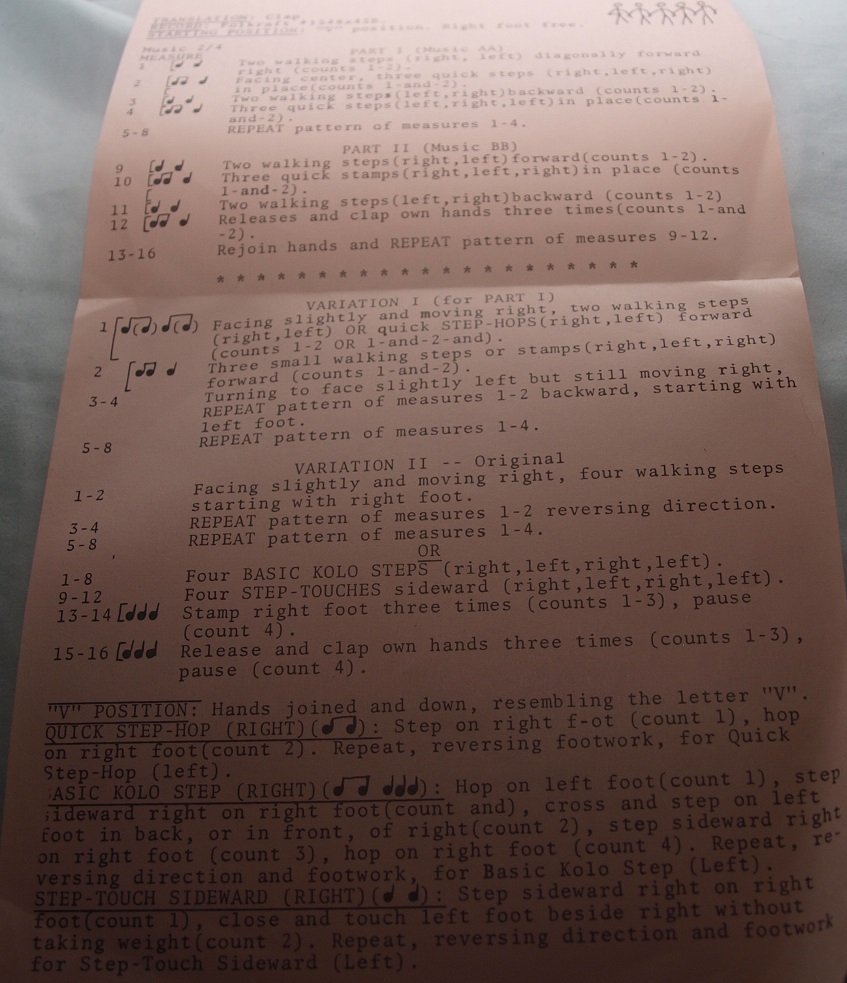
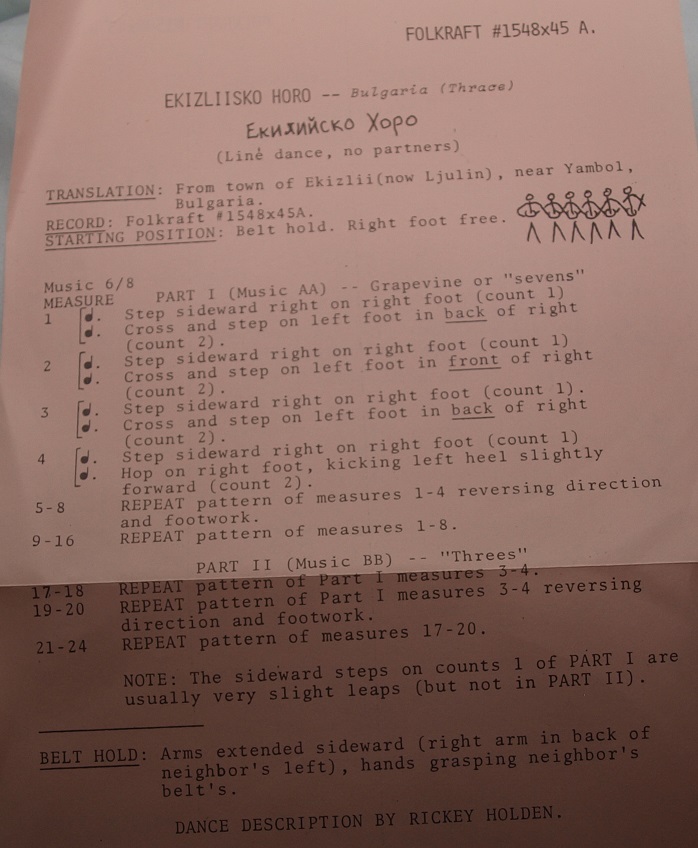
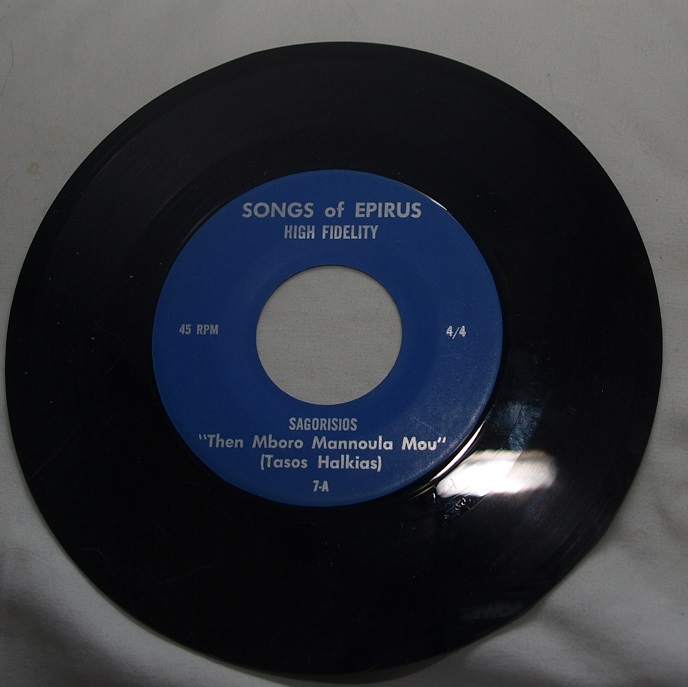
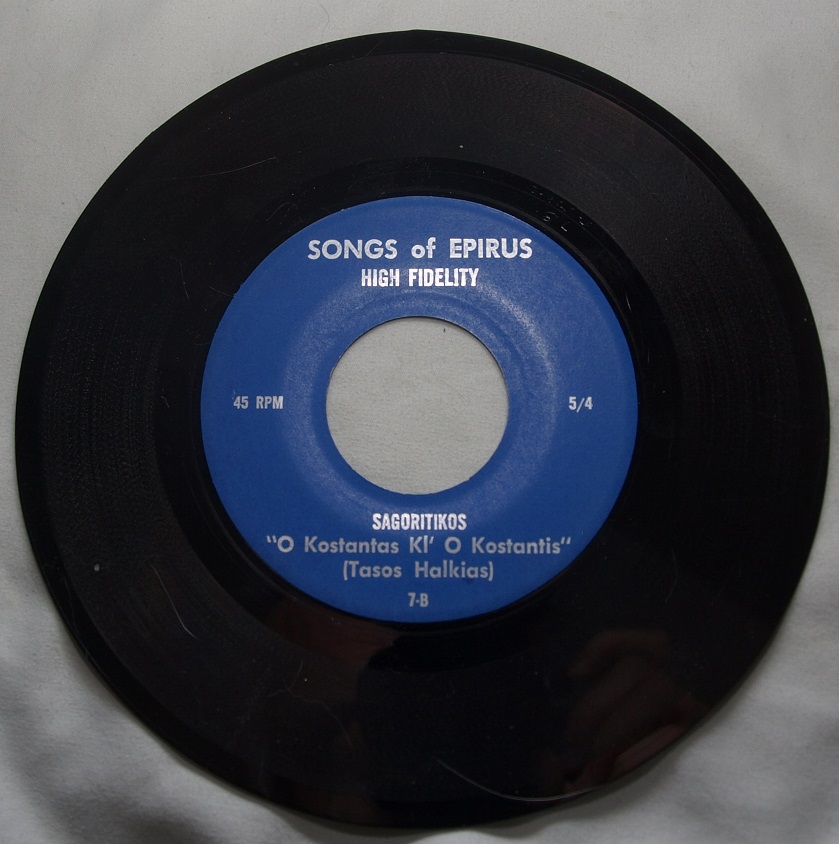
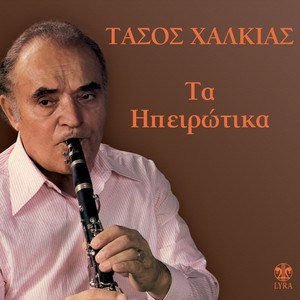 The label, Songs Of Epirus, probably tells it all. Epirus is the region of Greece directly below Albania and Greek folk music can easily be broken further down into the various sections of Greece. Both sides are led by Tasos (also spelled as Tassos) Halkias, pictured here, who apparently was a master of the clarinet and you can hear the clarinet in these pieces. Side A features
The label, Songs Of Epirus, probably tells it all. Epirus is the region of Greece directly below Albania and Greek folk music can easily be broken further down into the various sections of Greece. Both sides are led by Tasos (also spelled as Tassos) Halkias, pictured here, who apparently was a master of the clarinet and you can hear the clarinet in these pieces. Side A features 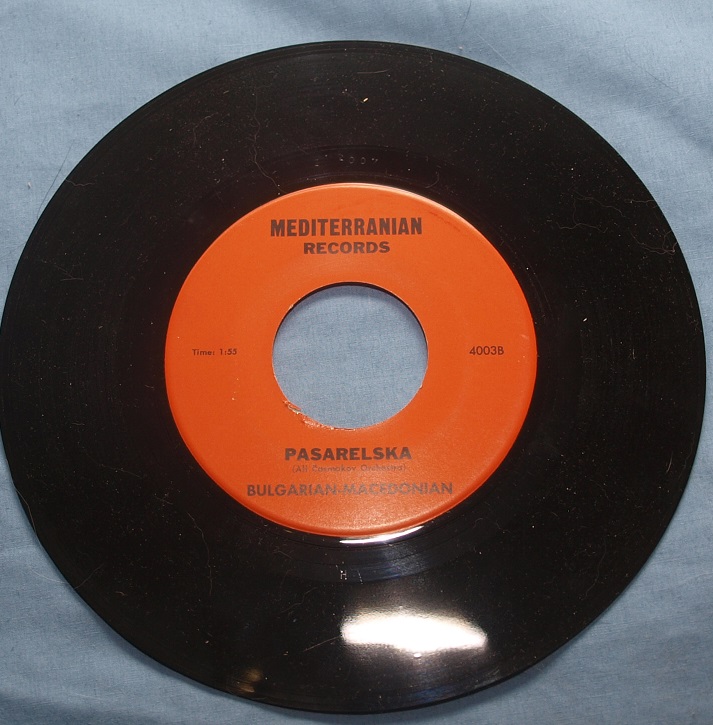
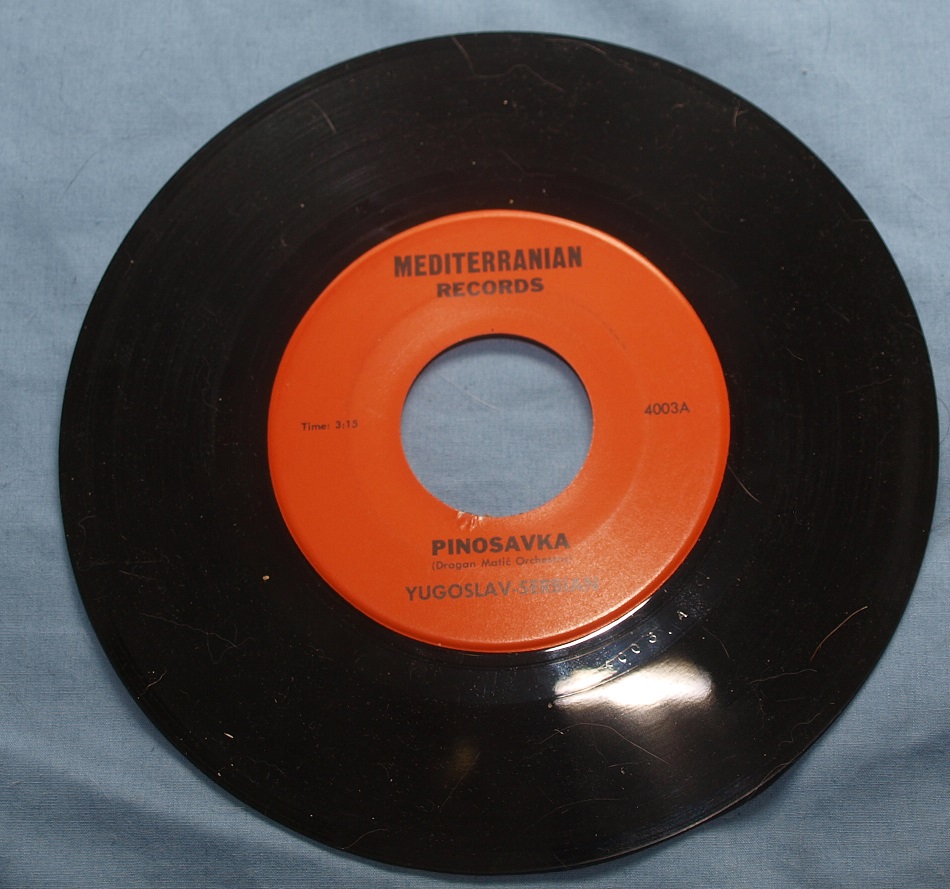
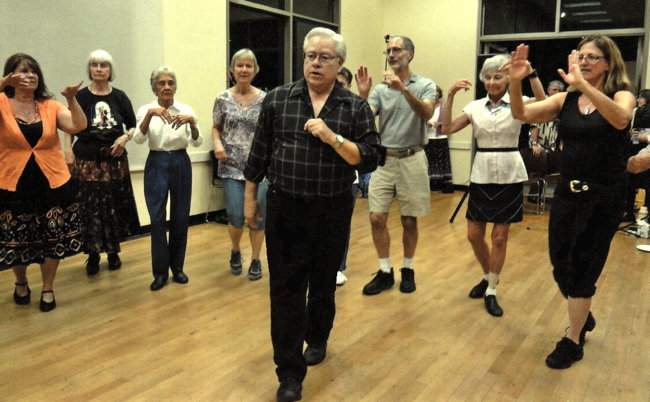 We have no information about the Mediterranian record label but the two dances are documented as far as the steps are concerned at
We have no information about the Mediterranian record label but the two dances are documented as far as the steps are concerned at 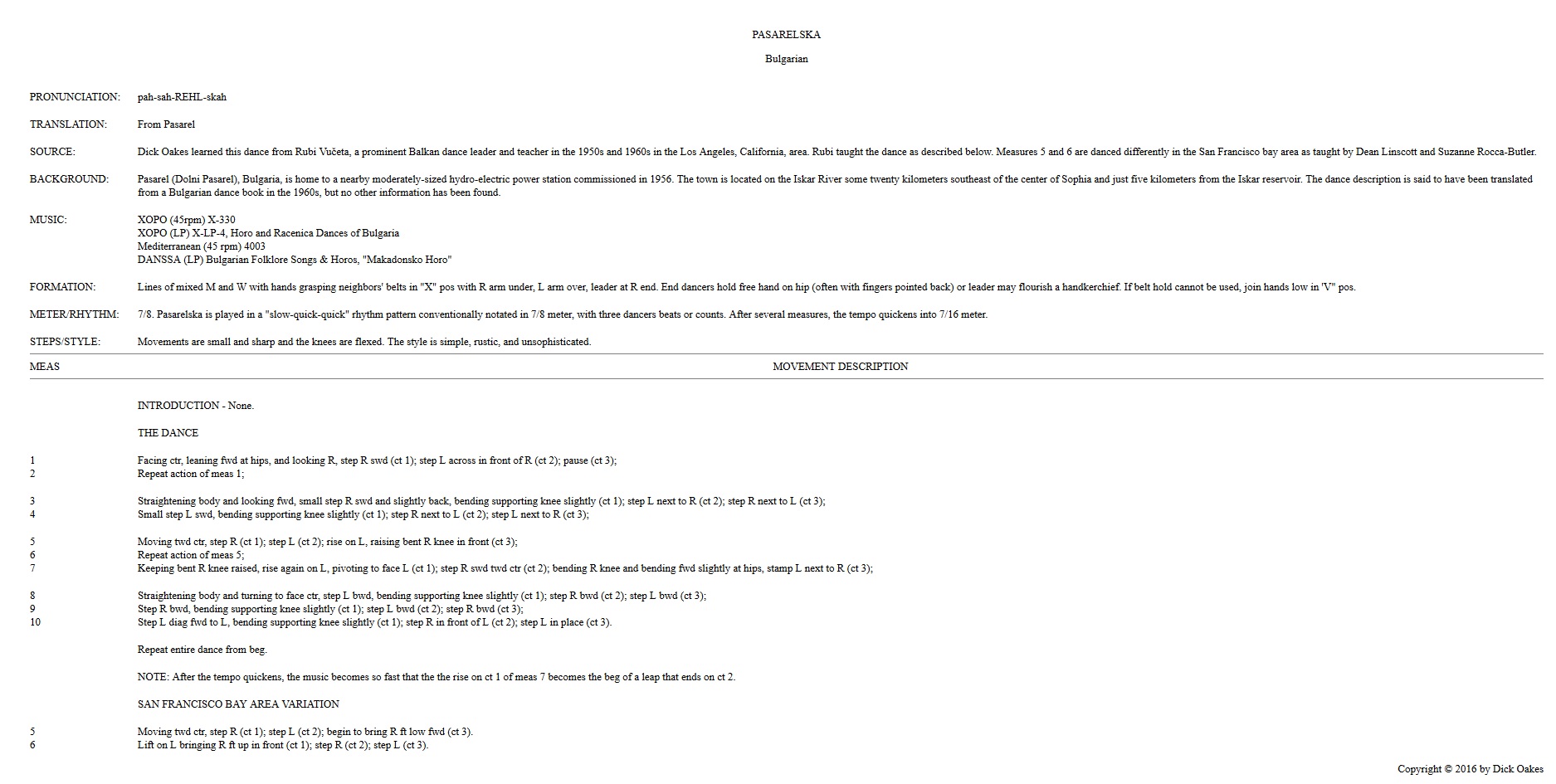
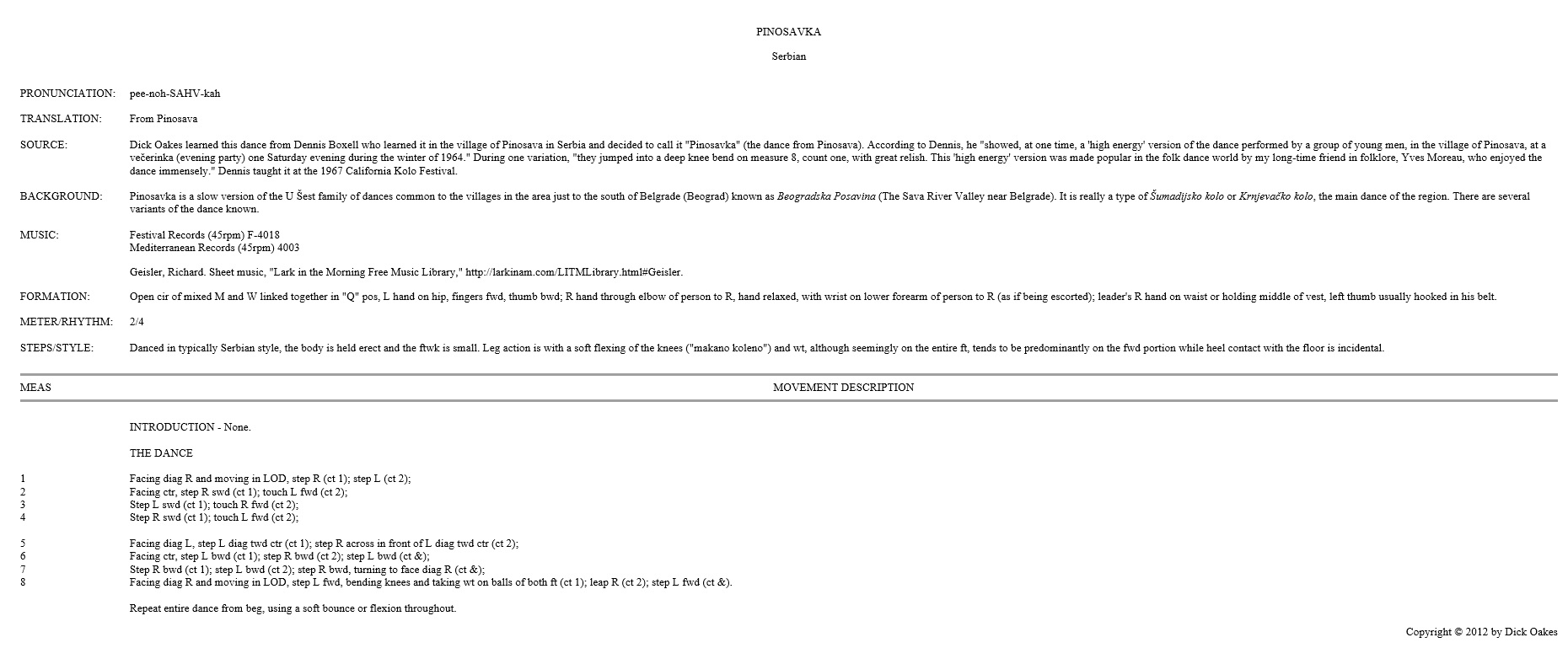
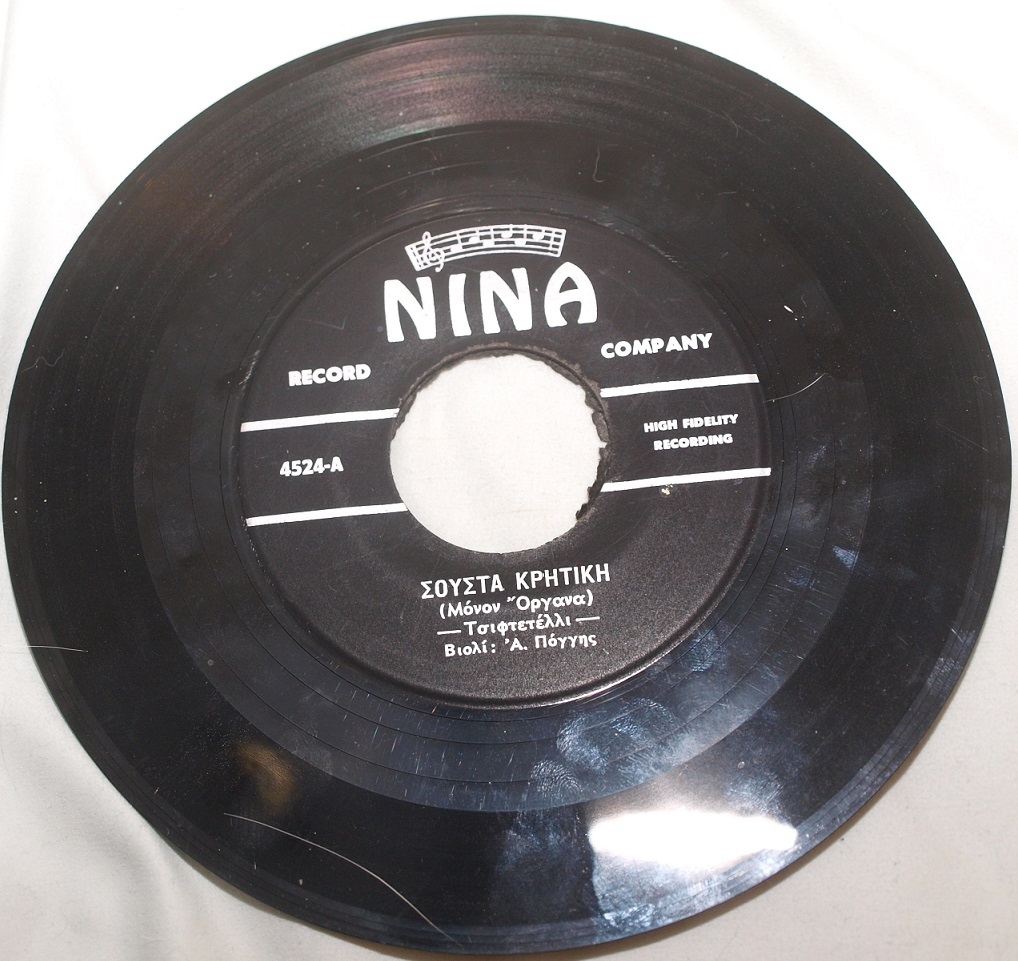
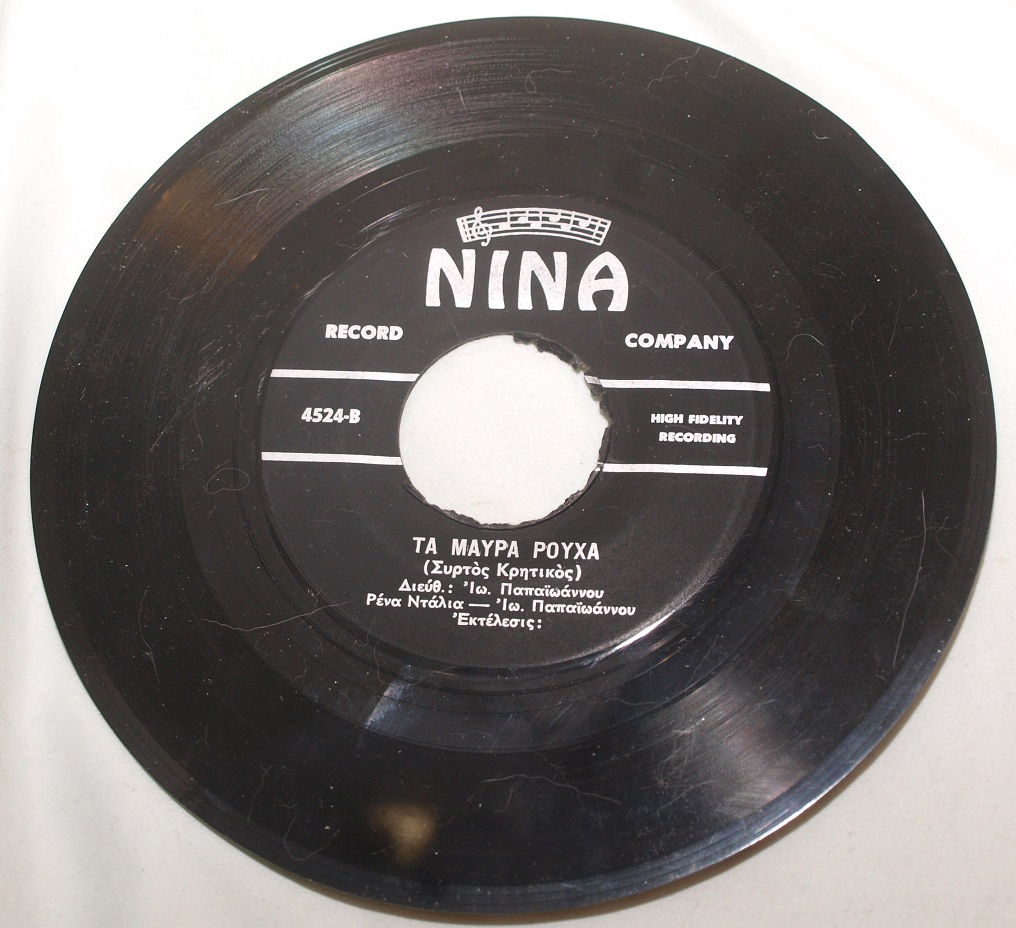
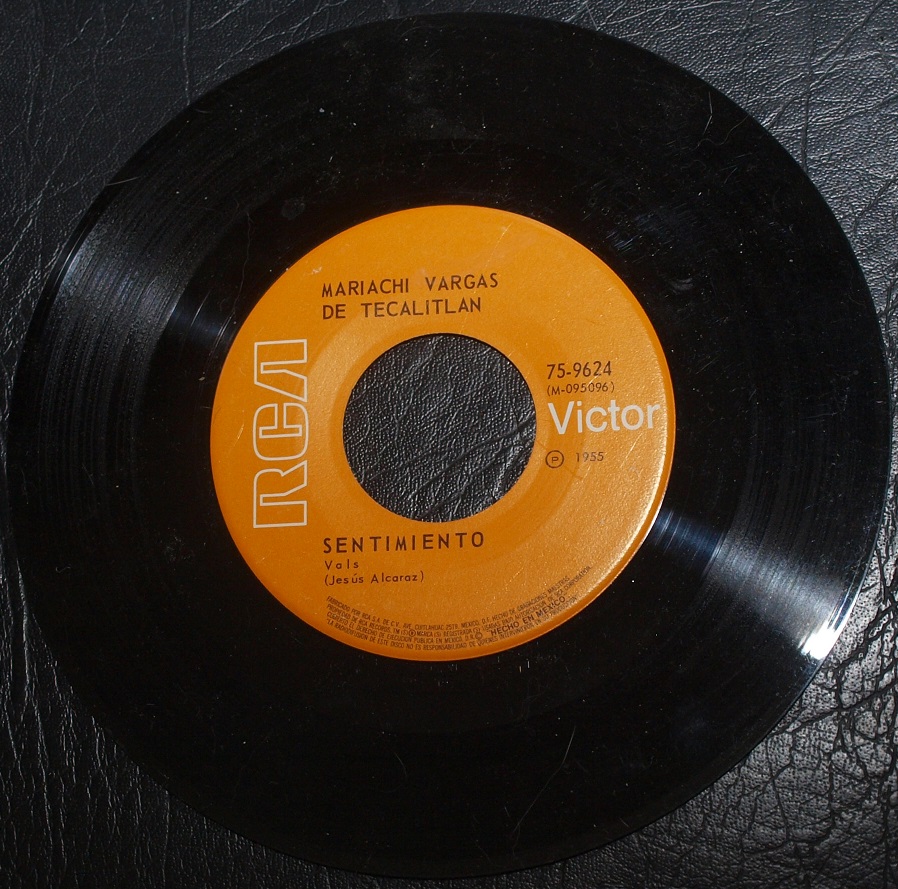
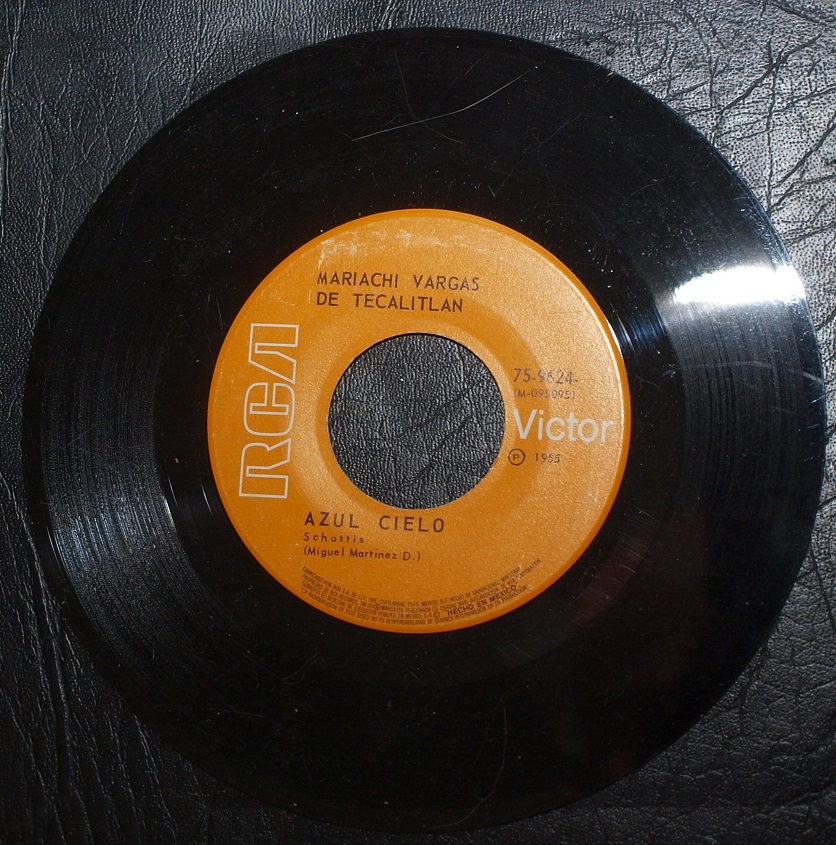
 The label says RCA but this probably pertains to RCA Mexico. The date is 1955. Obviously these are two Mexican folk dances that are part of the International dance repertoire. The band playing the music has some reknown: Mariachi Vargas De Tecalitlan has been in existance from 1897 and at the time of this recording was led by Ruben Fuentes pictured here. Fuentes is well known for his contribution to Mariachi music. The dances are
The label says RCA but this probably pertains to RCA Mexico. The date is 1955. Obviously these are two Mexican folk dances that are part of the International dance repertoire. The band playing the music has some reknown: Mariachi Vargas De Tecalitlan has been in existance from 1897 and at the time of this recording was led by Ruben Fuentes pictured here. Fuentes is well known for his contribution to Mariachi music. The dances are 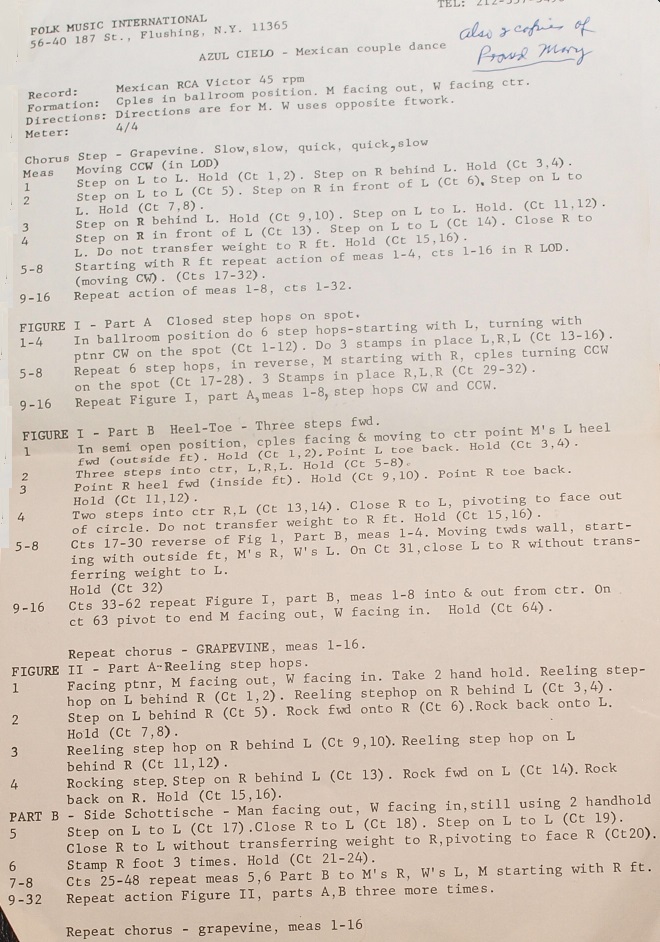

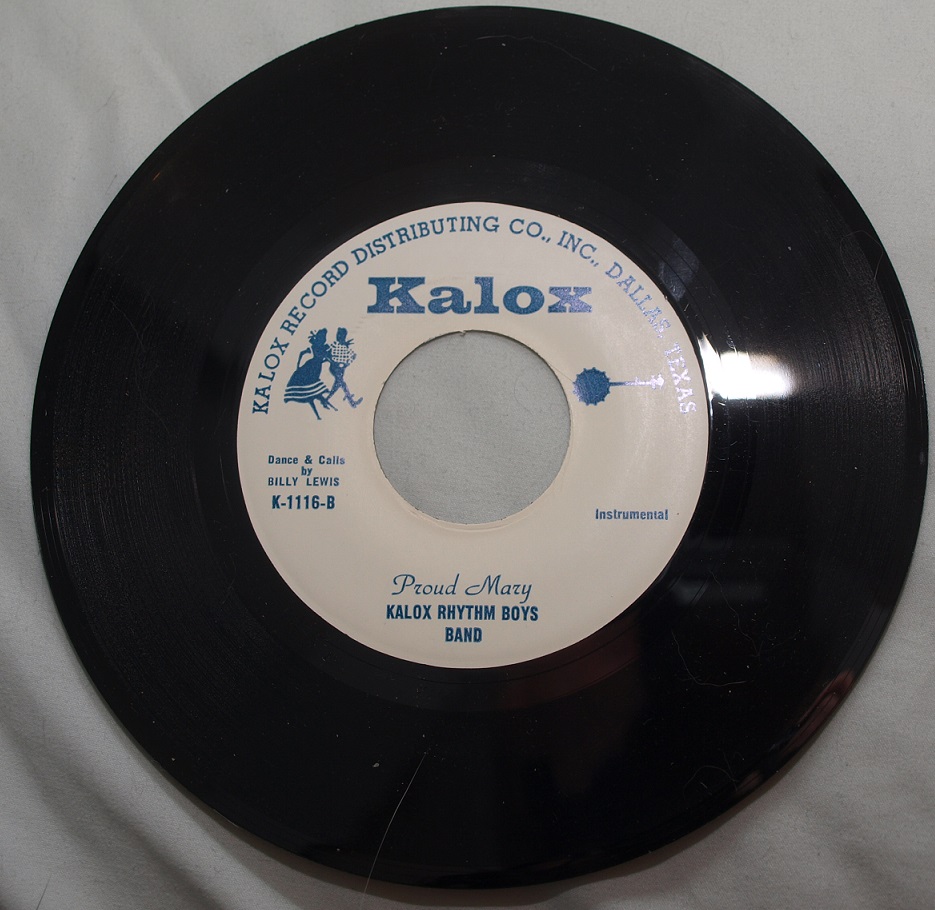
 In January 1969 John Fogerty, shown here, and his band Creedence Clearwater Revival introduced this song, Proud Mary (also known as Rollin Down the River). Many famous musicians have performed this but this version, distributed by the Kalox Recored Distribution Company, is a western square dance version. Called by Billy Lewis on the A side, it seems as if it is sung by him on the B side although the credits go to the Kalox Rhythm Boys which no doubt would be the house band of the record label. Click appropriately for
In January 1969 John Fogerty, shown here, and his band Creedence Clearwater Revival introduced this song, Proud Mary (also known as Rollin Down the River). Many famous musicians have performed this but this version, distributed by the Kalox Recored Distribution Company, is a western square dance version. Called by Billy Lewis on the A side, it seems as if it is sung by him on the B side although the credits go to the Kalox Rhythm Boys which no doubt would be the house band of the record label. Click appropriately for 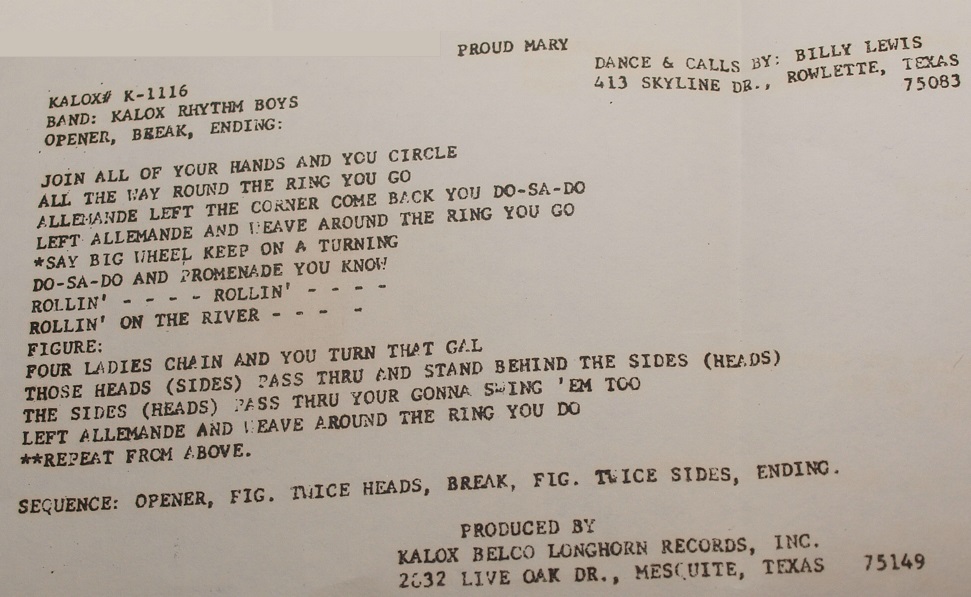
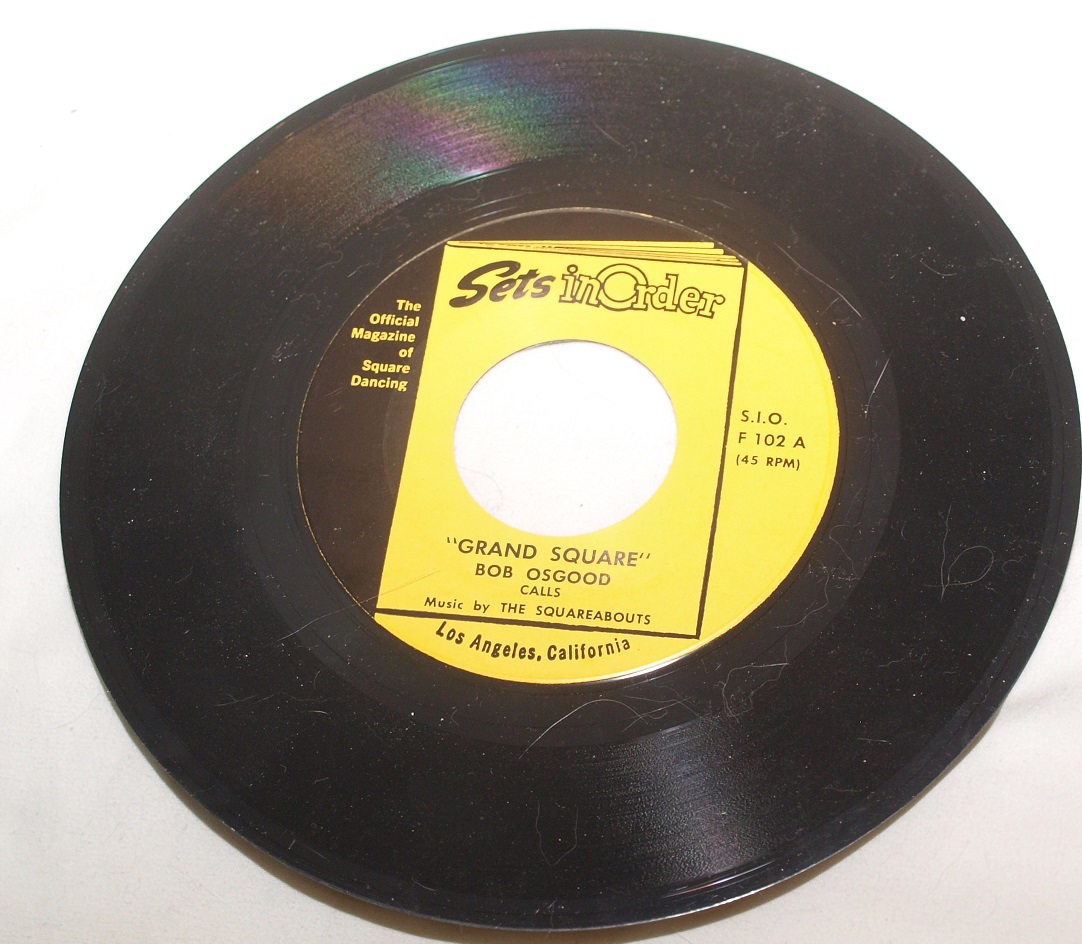
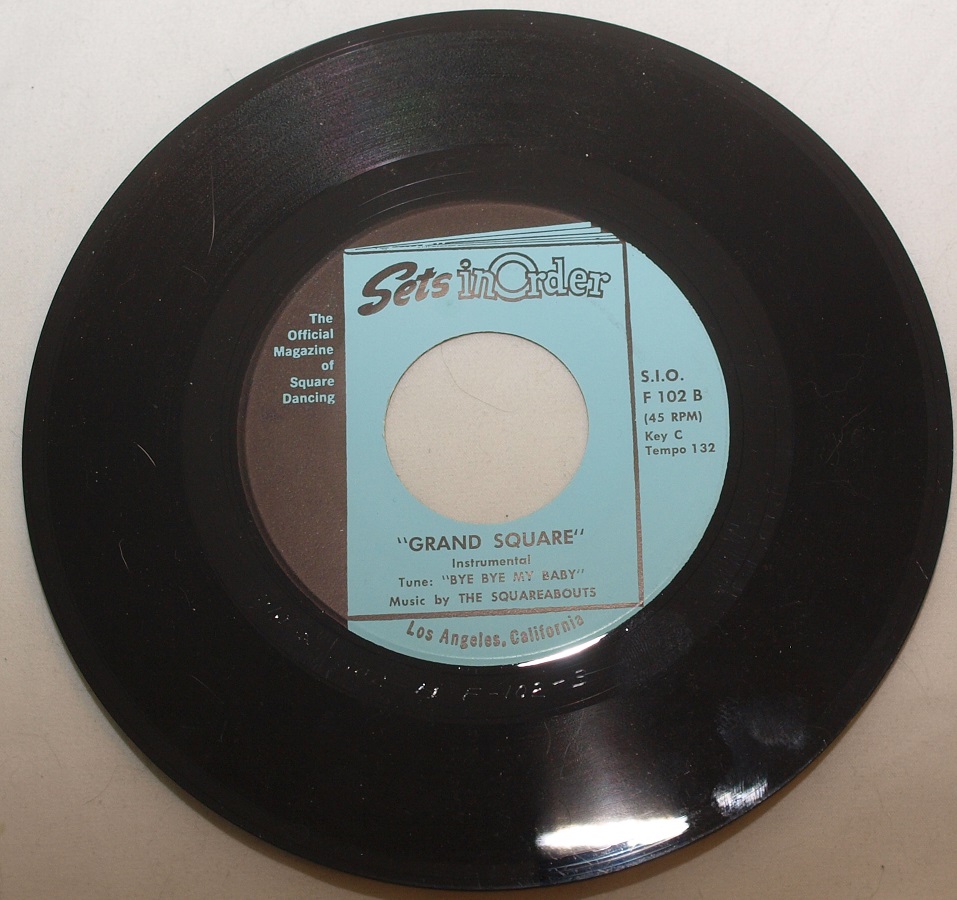
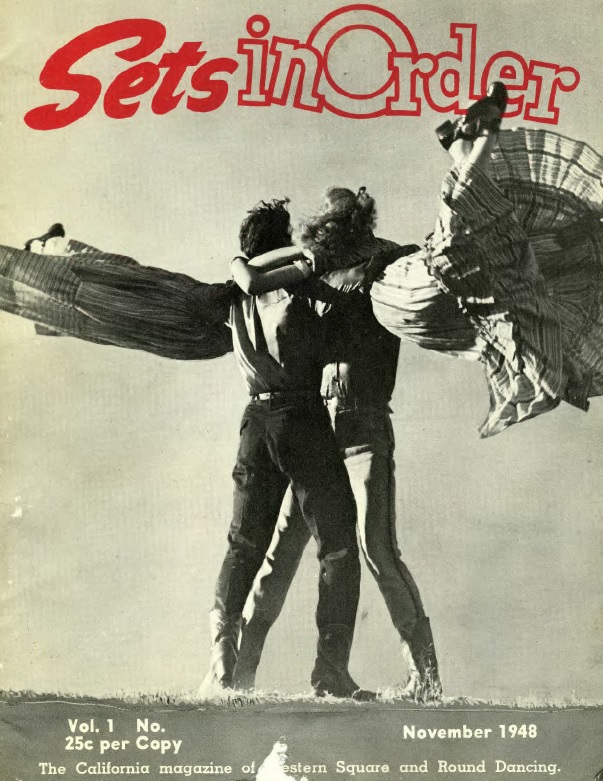 Side A is
Side A is 